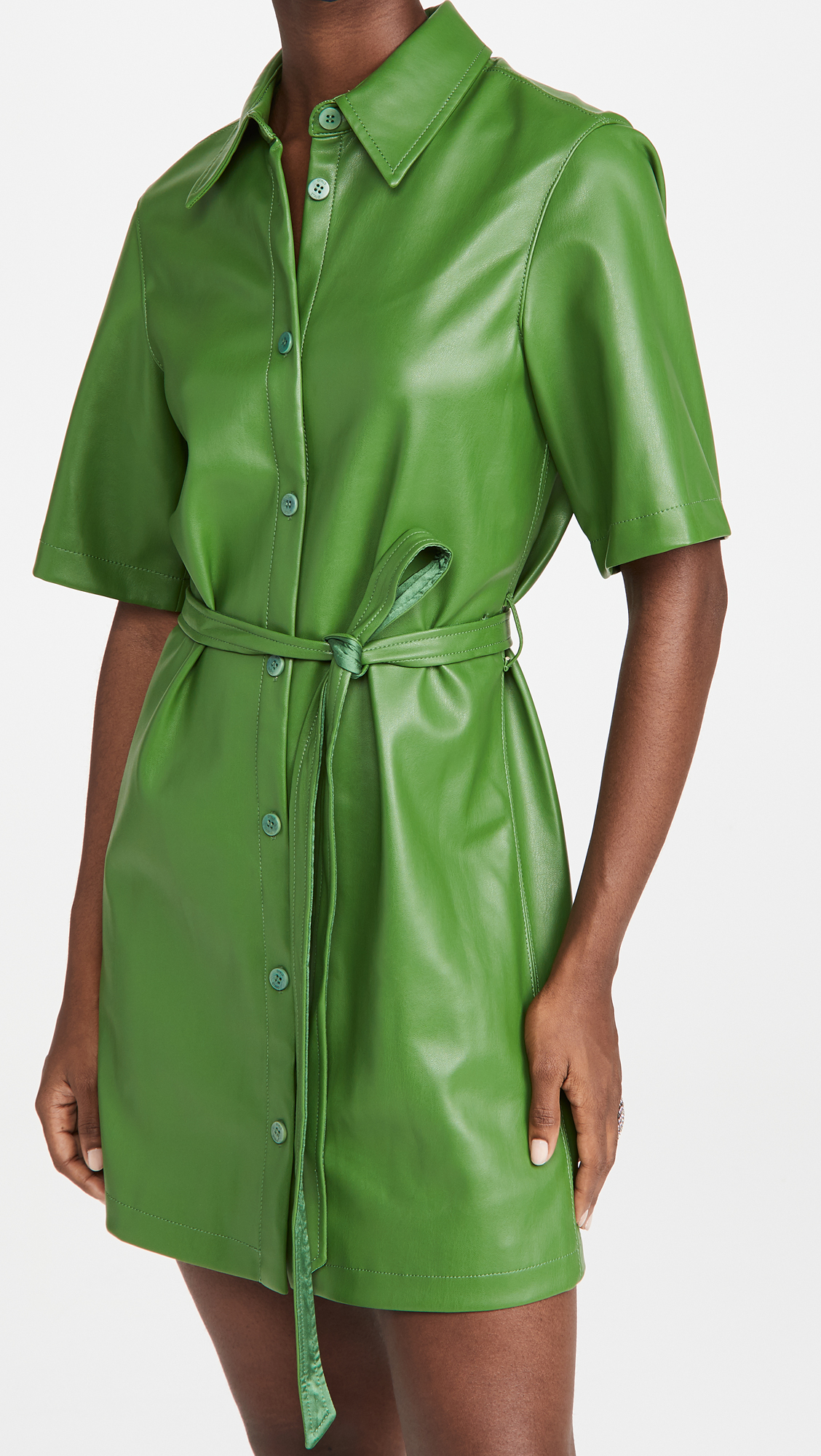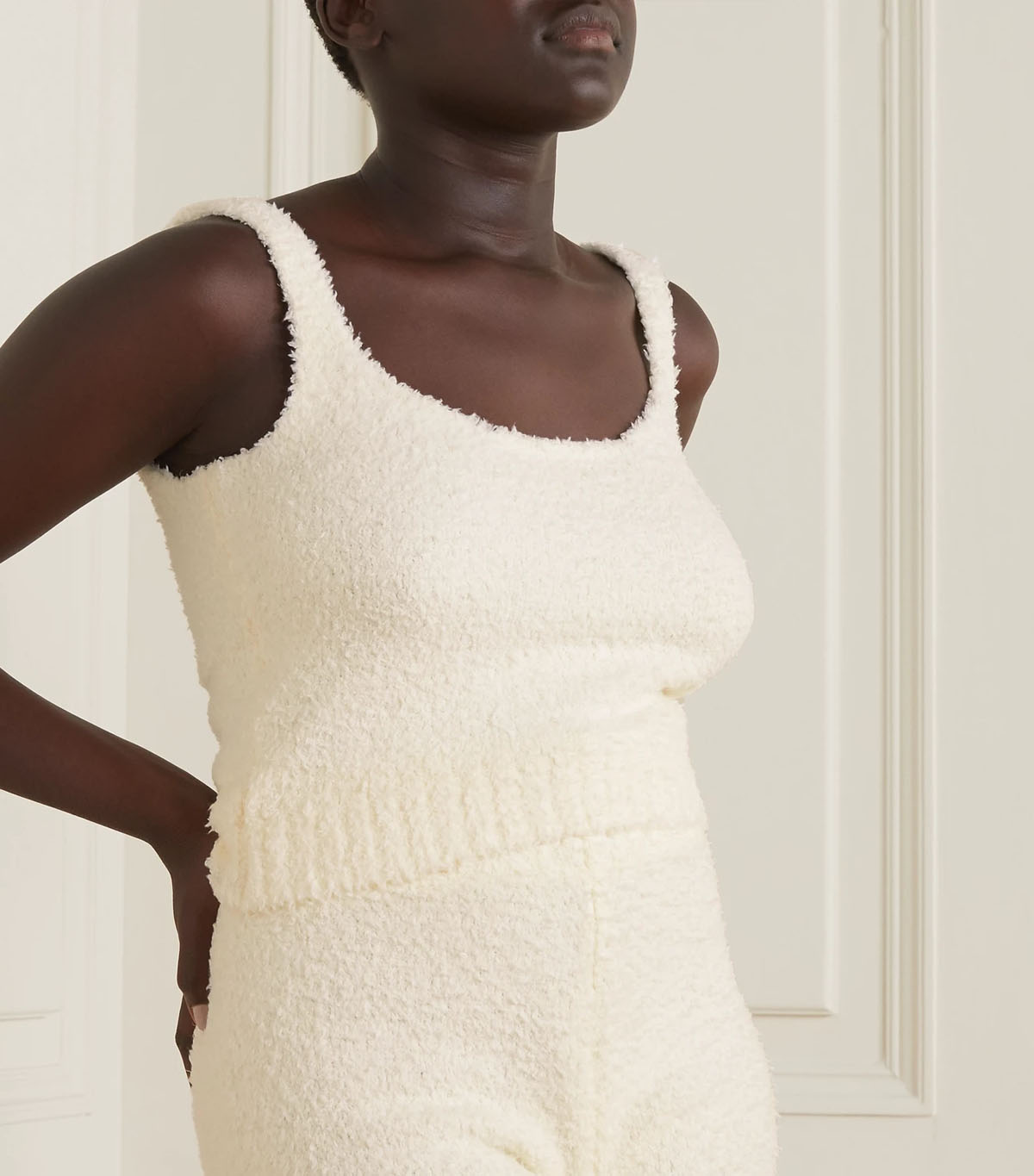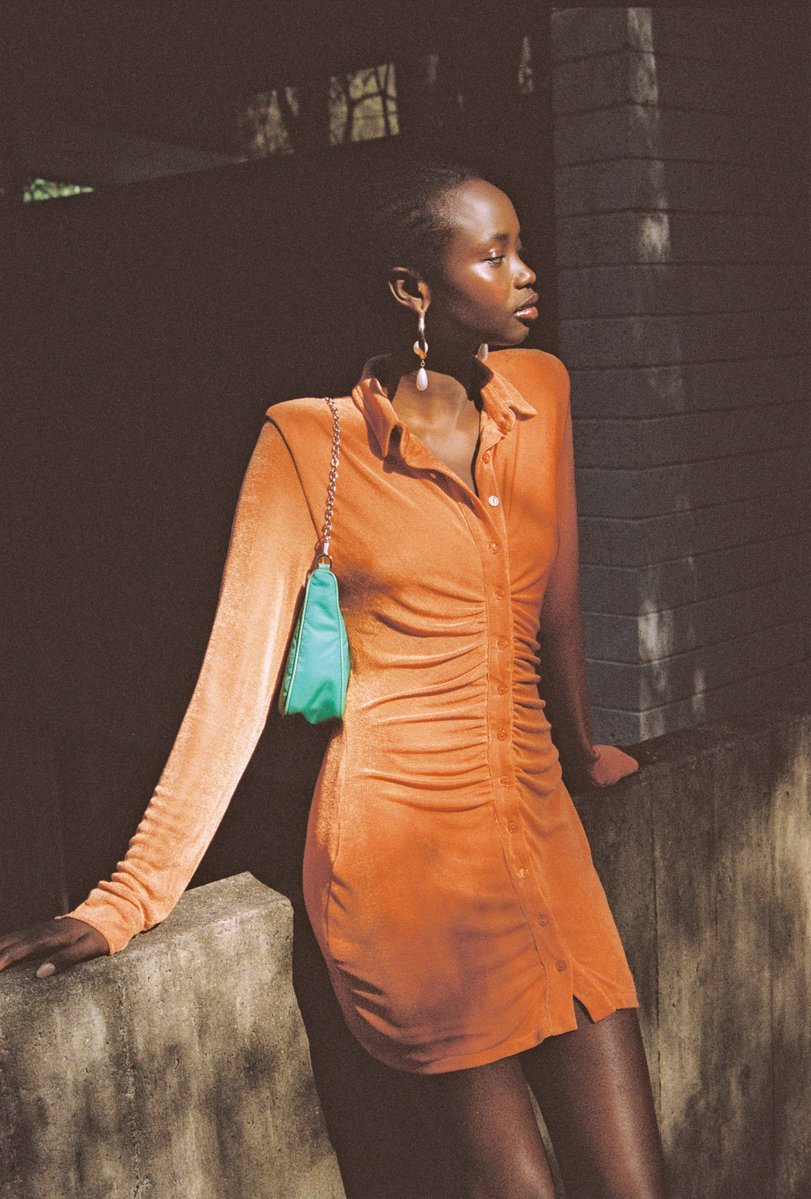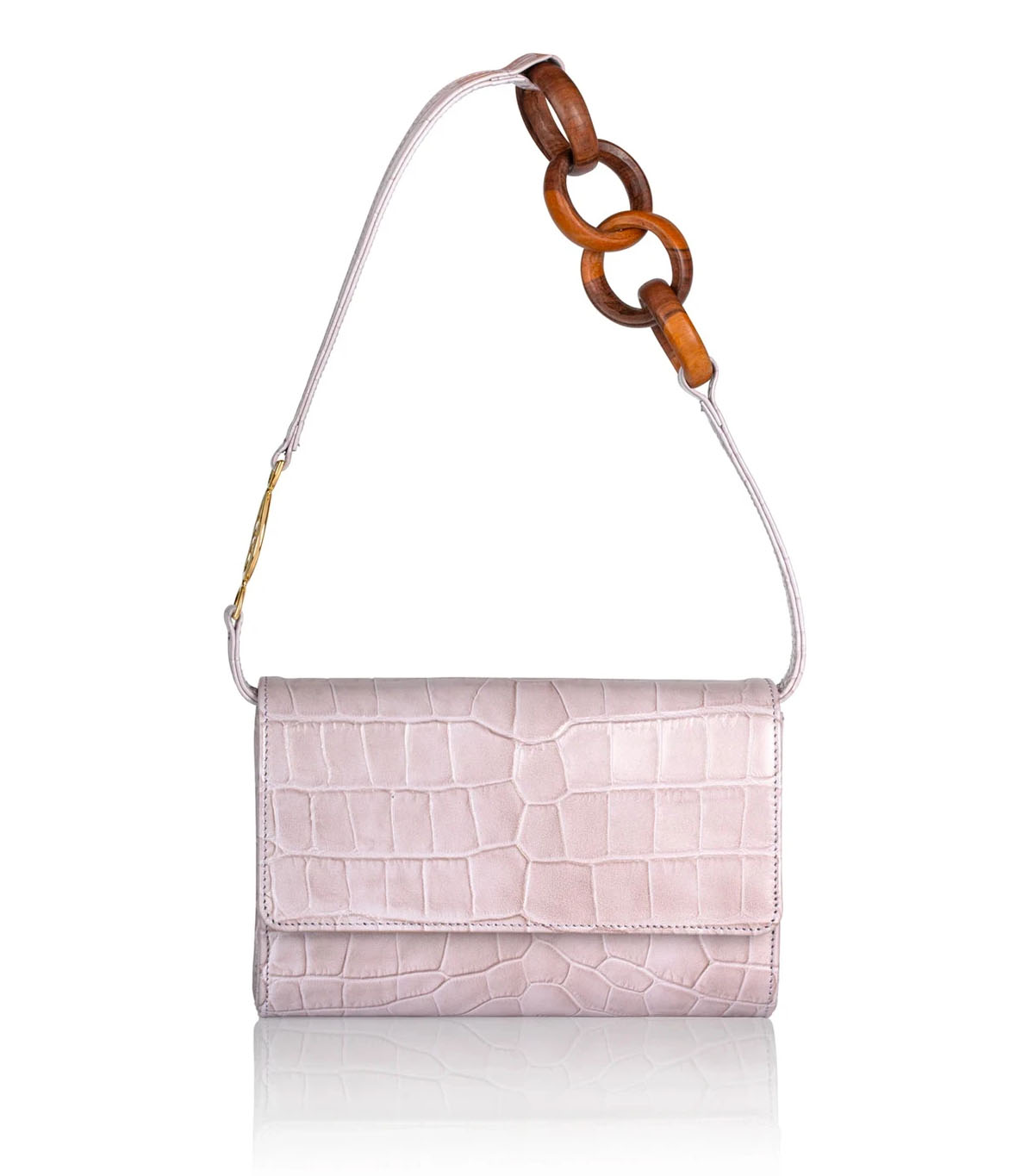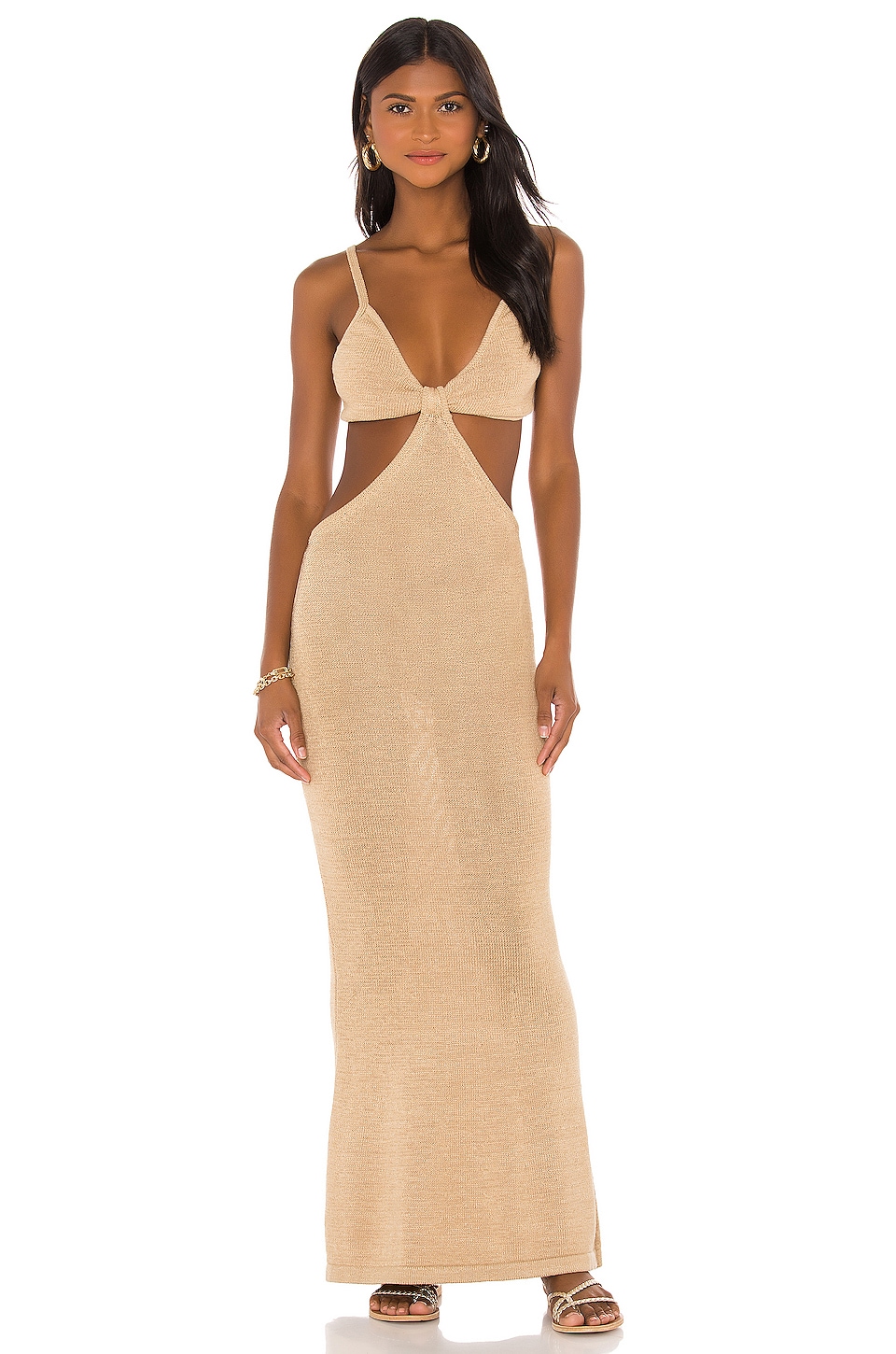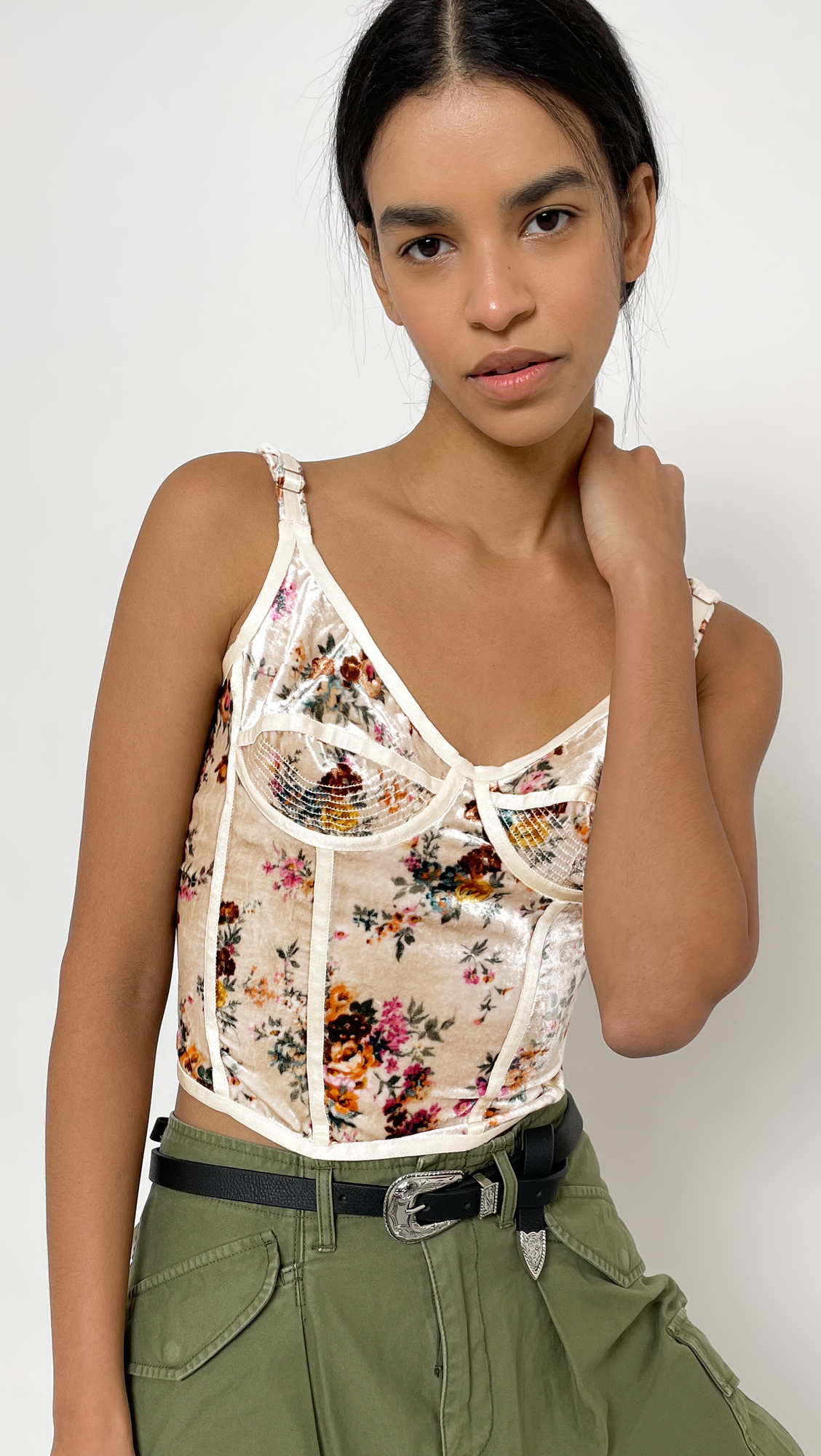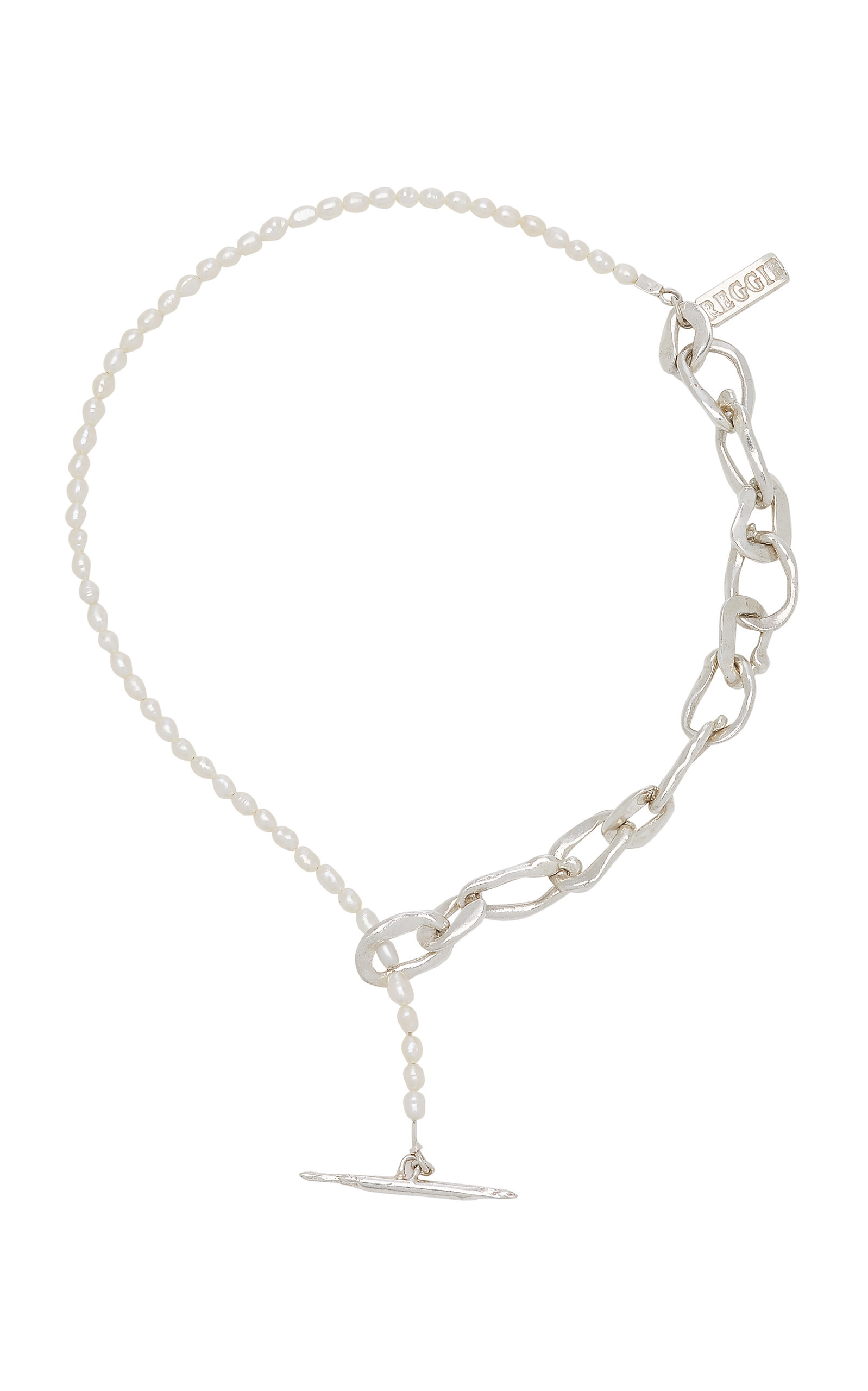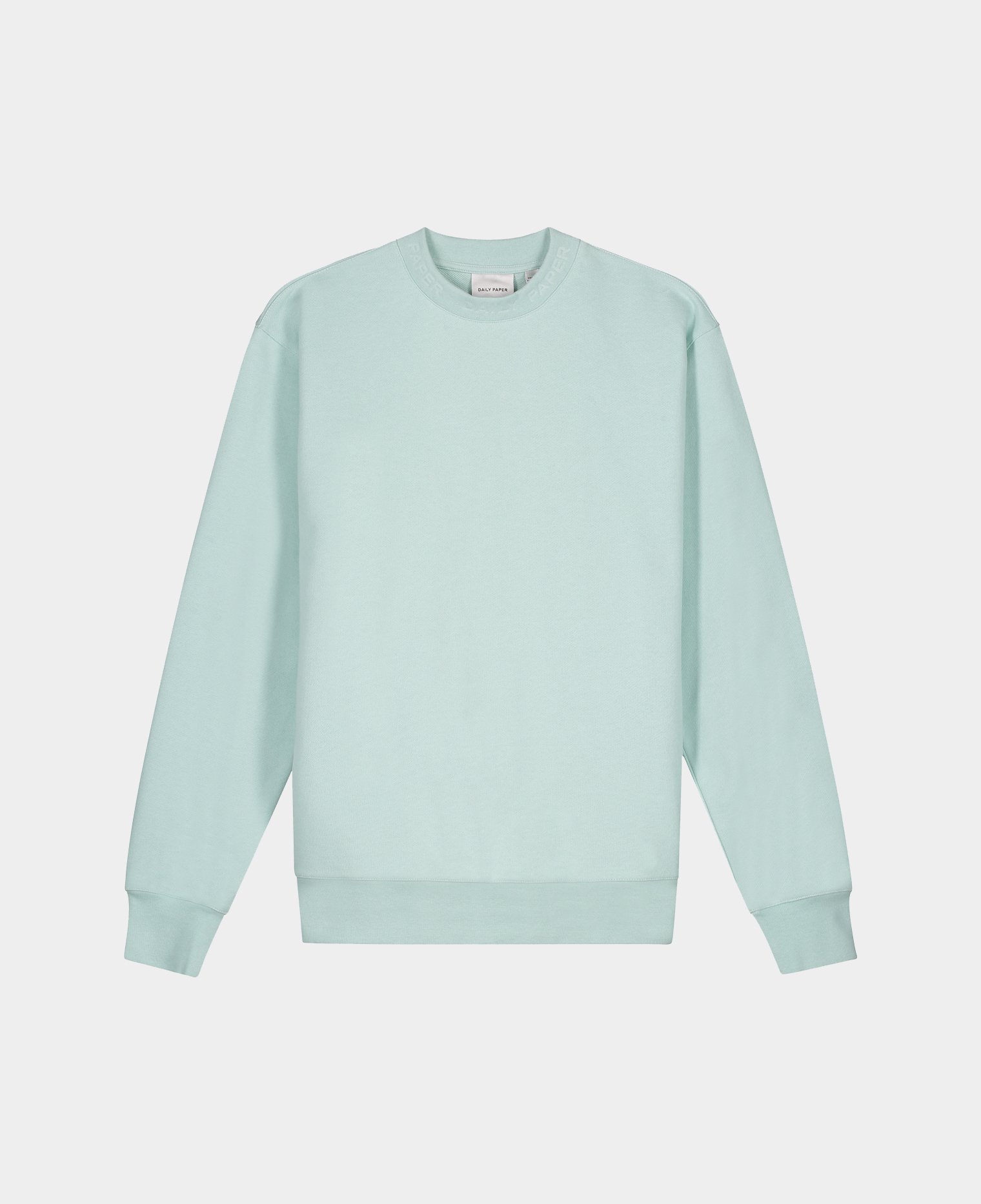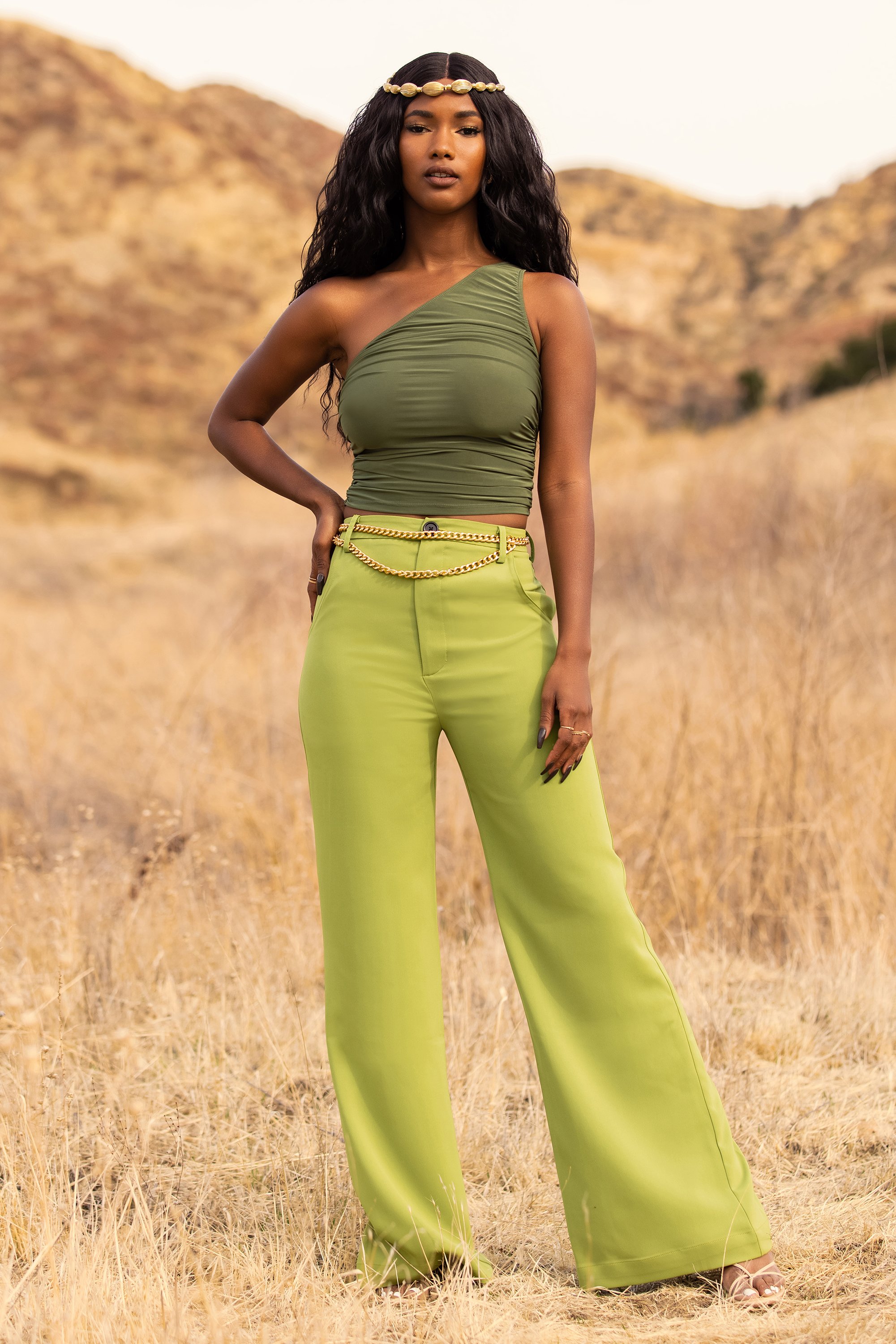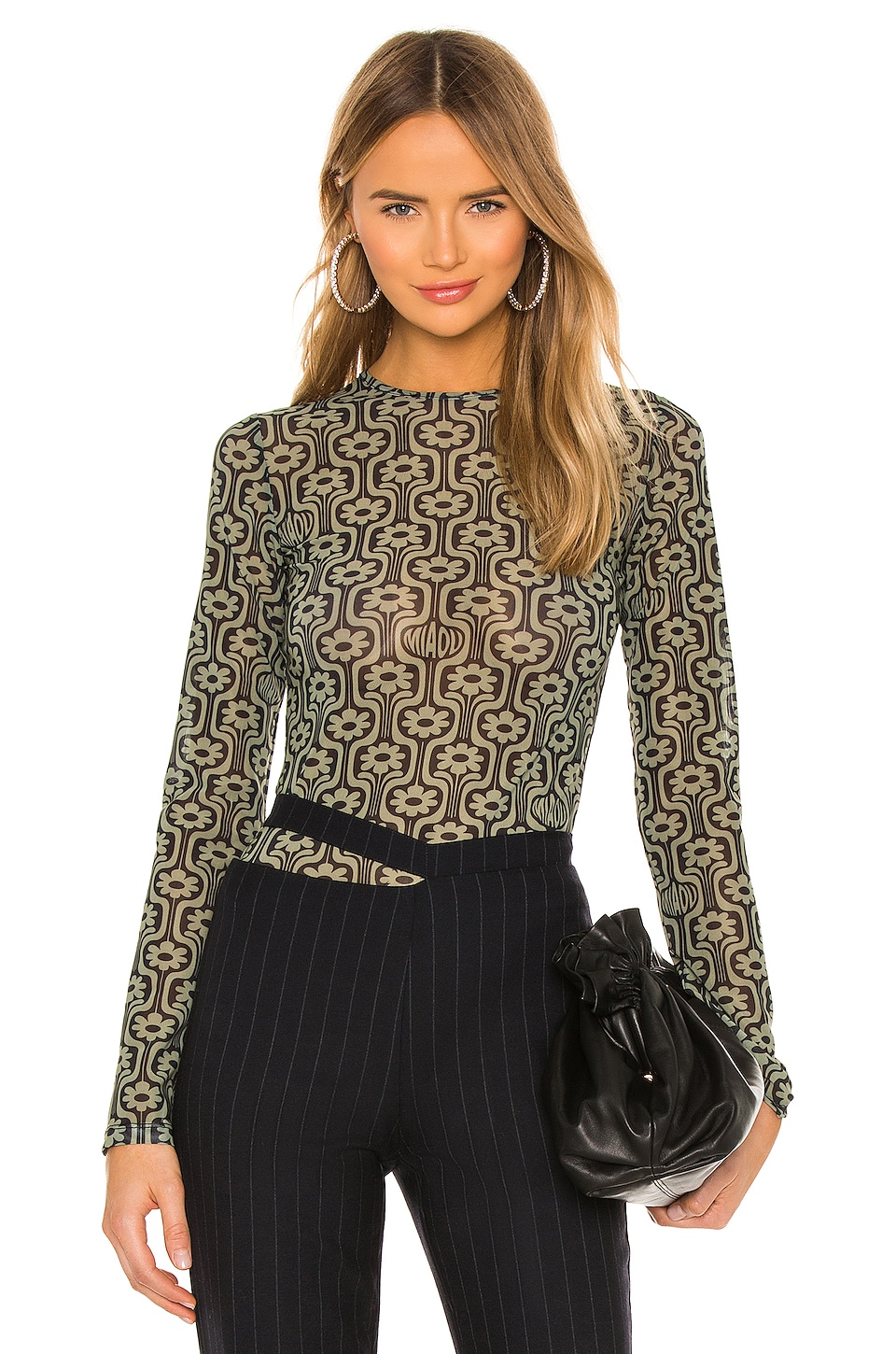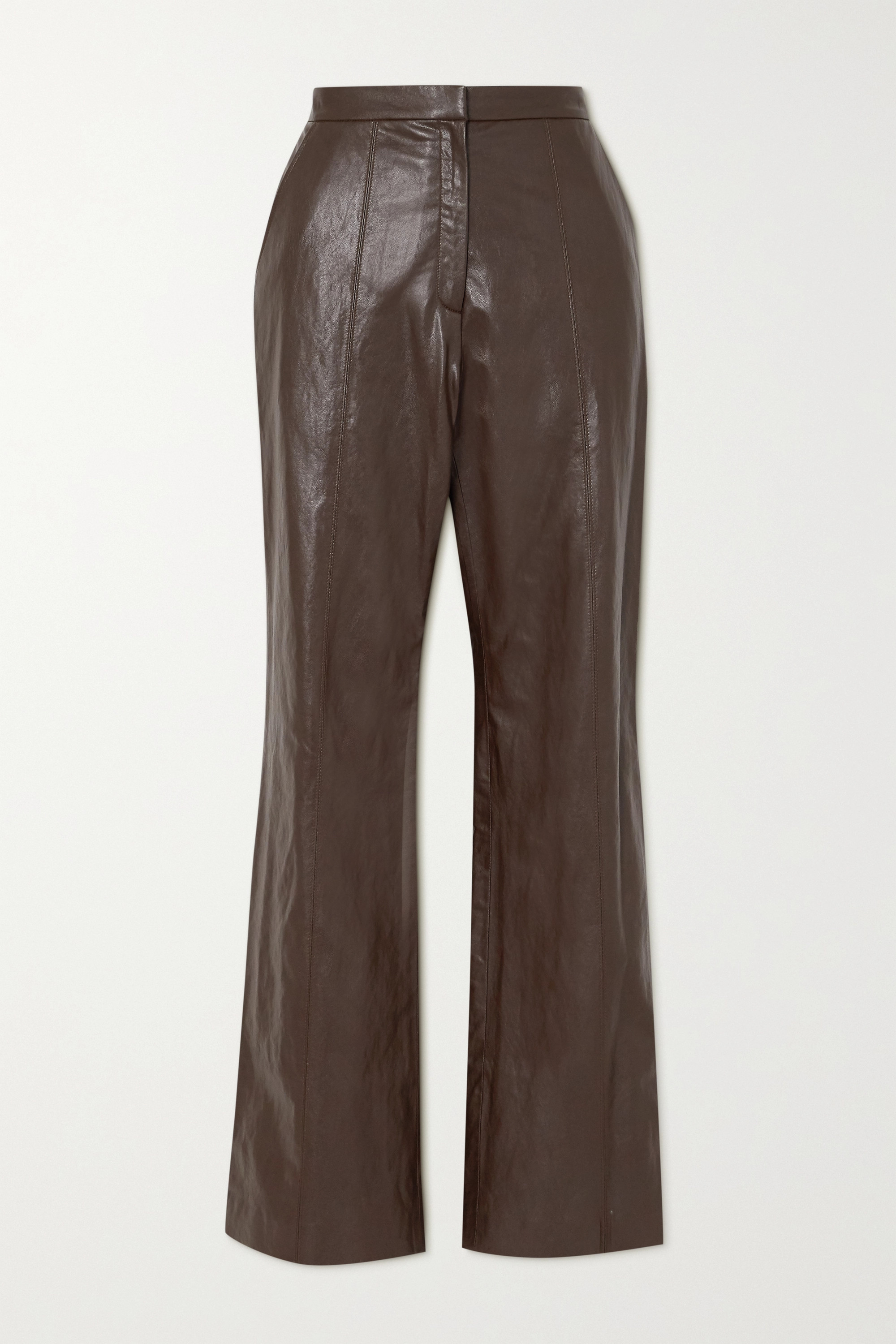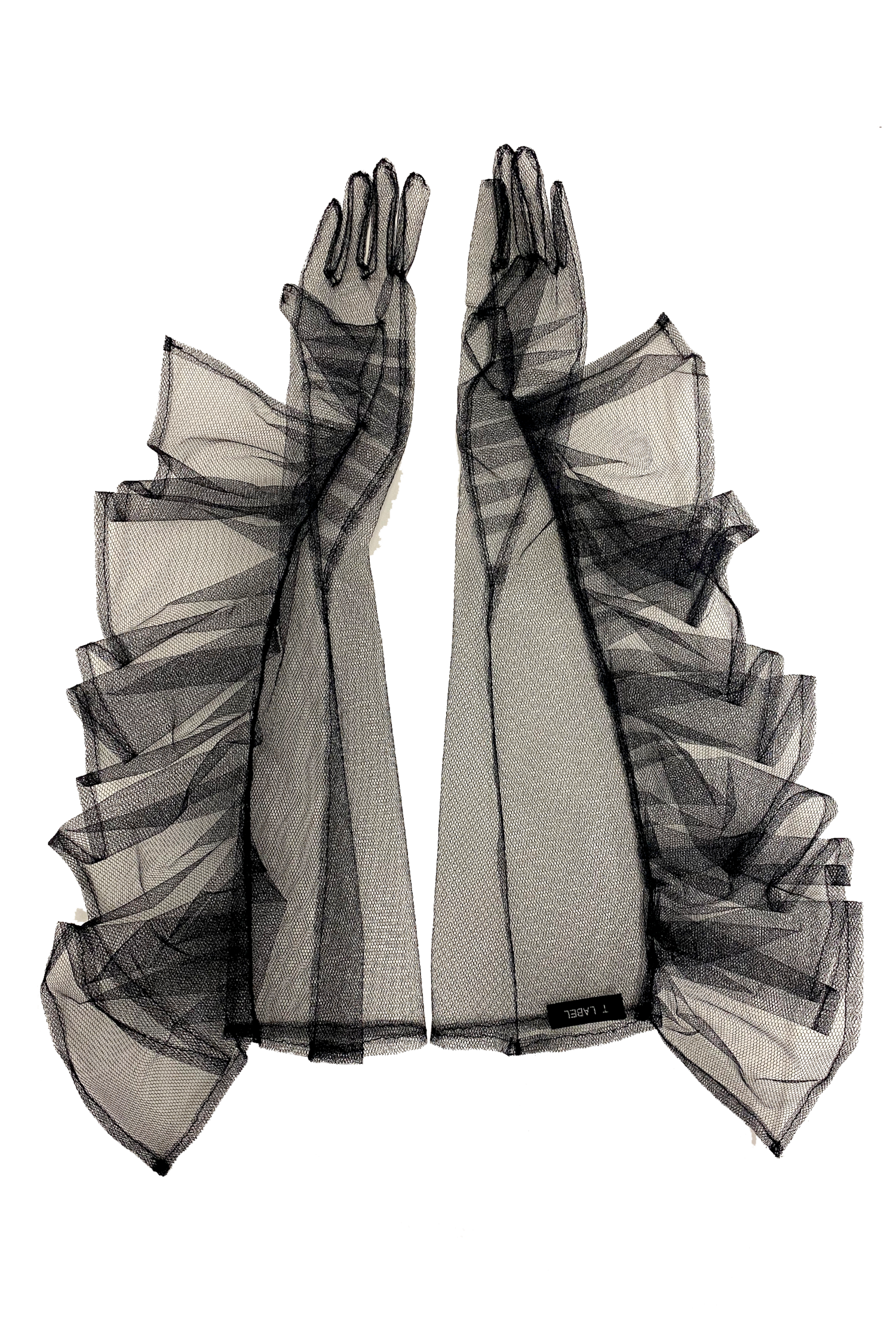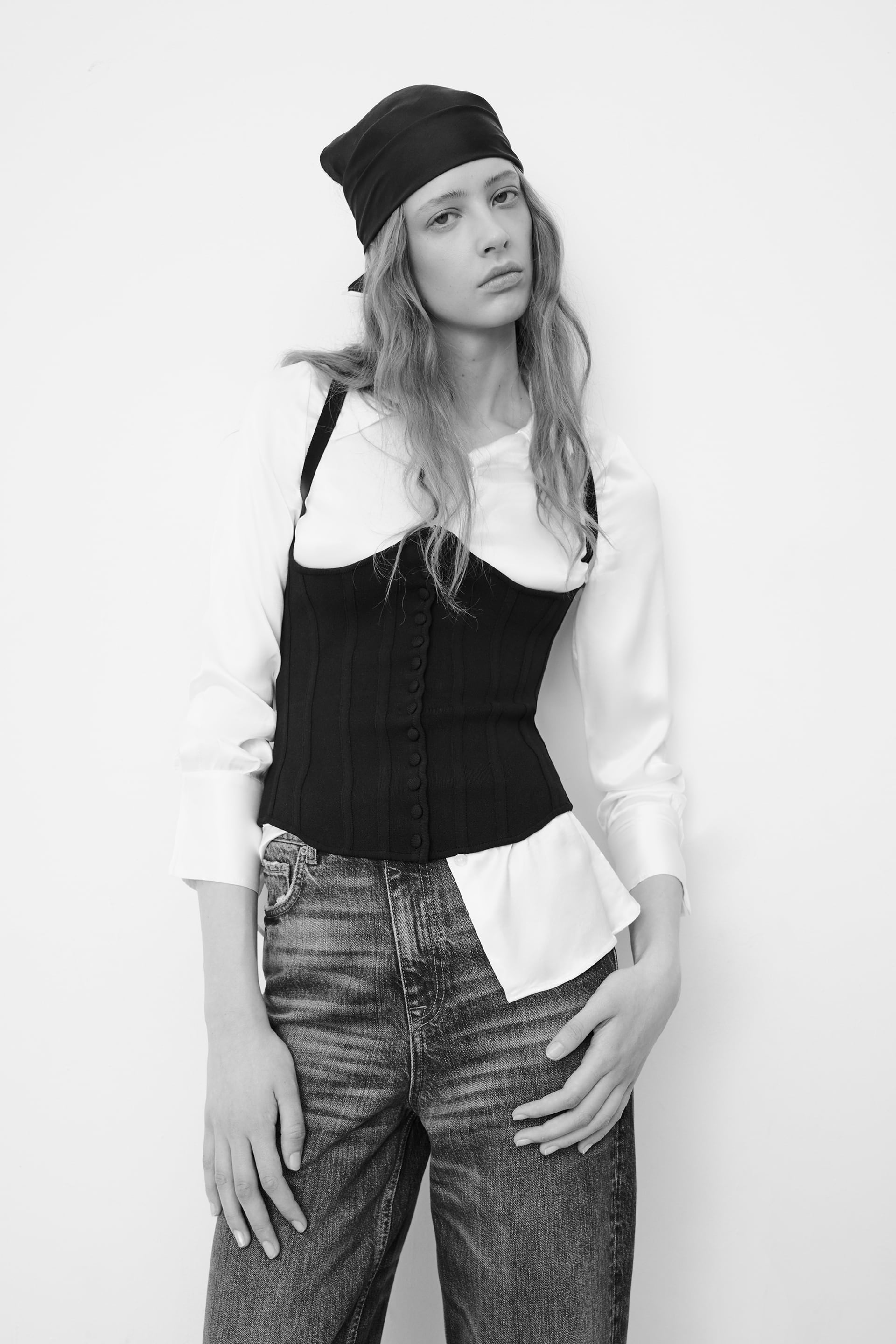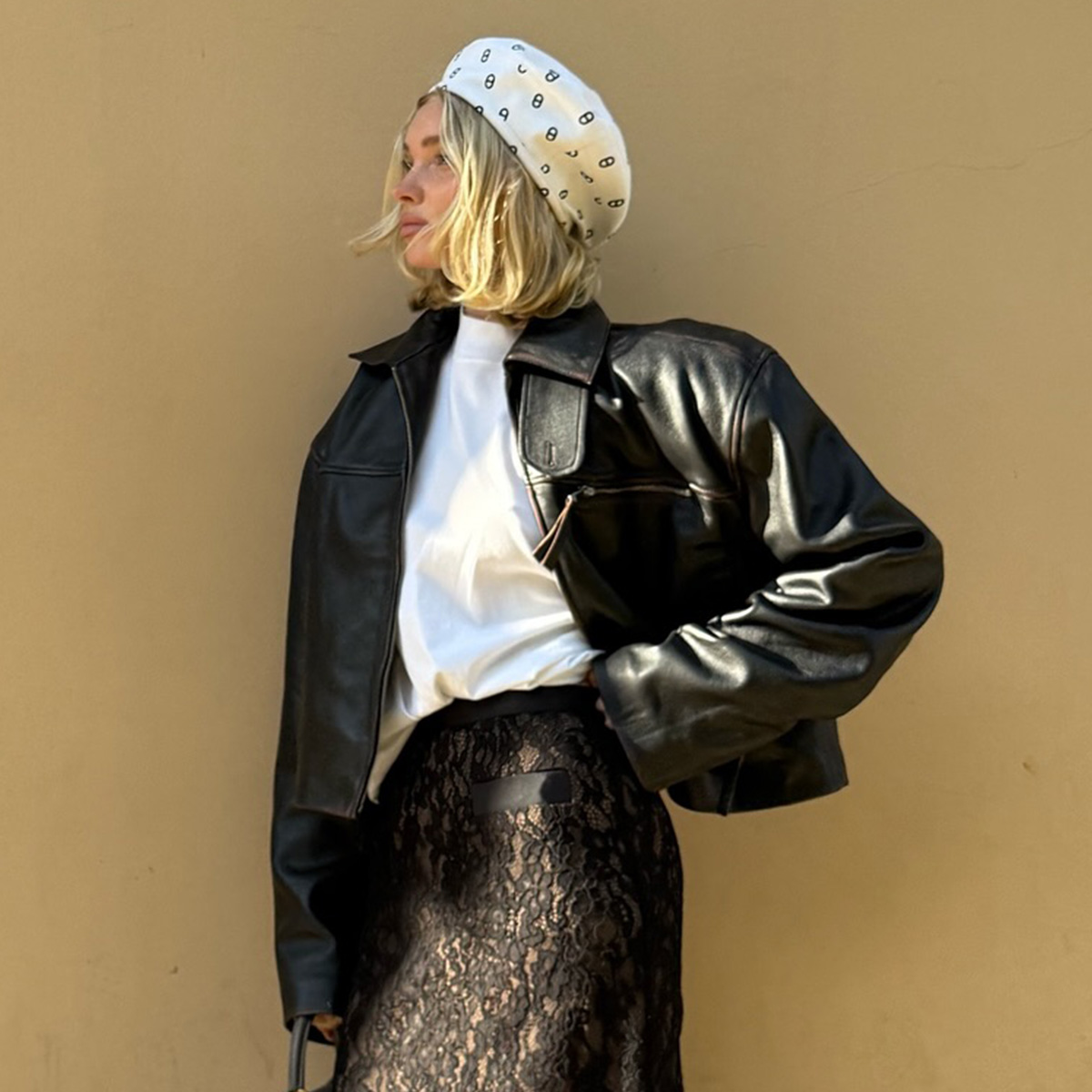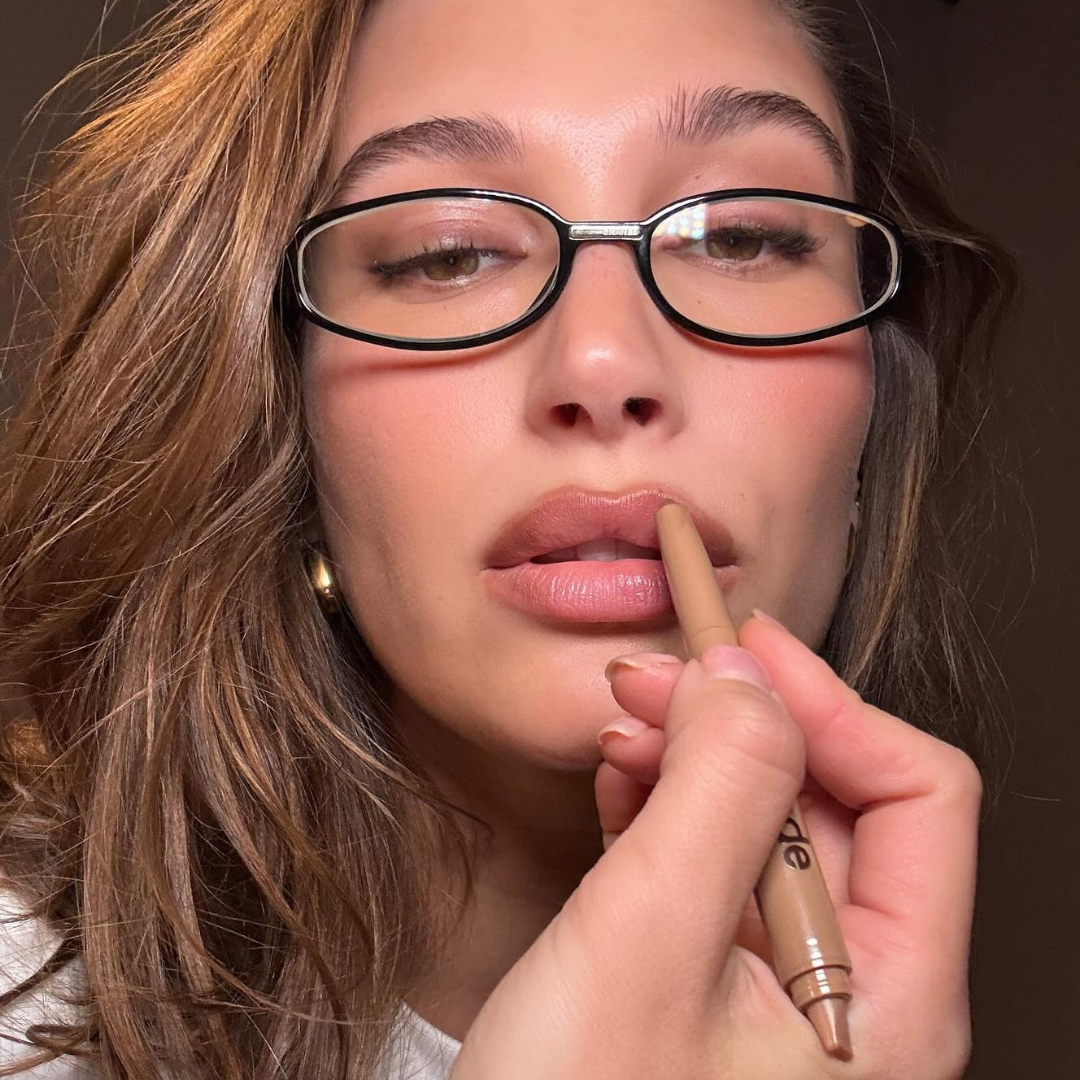From the Runway to Instagram, These Models Are Making Fashion History
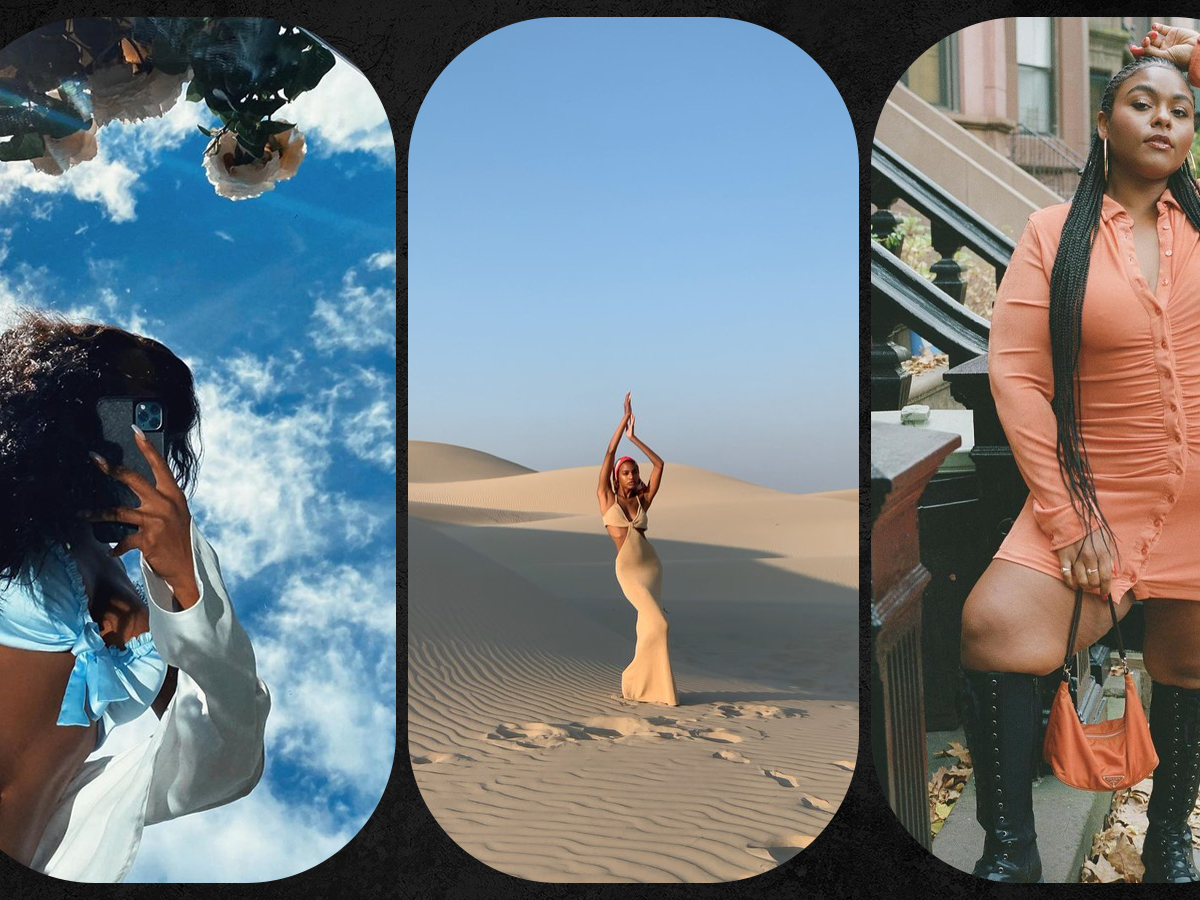
In honor of Black History Month, we've decided to launch an editorial initiative, Next Gen, where we'll be highlighting creatives that are changing the fashion industry. Our intention with this series is to dive deeper into the people that have—and to continue to—shape every facet of the fashion industry.
At this point in the month, we've opened up discussions with some of the industry's key players to address systemic racism and its symptoms that remain all-to-present in fashion. We've heard from the Black designers and Black stylists doing the work to make this industry a more equitable environment. But there's another group who often get silenced in these conversations about inclusivity: models.
Let's face it: Black models are the ones who carry out the industry's goals of diversity and inclusion. It's their faces who we see plastered to billboards, gracing the latest season's runways, and featured in our targeted ads. But for all the airtime they get in the media, models are a group that the industry has historically been left out of bigger-picture decisions. Of course, many have built up their own platforms with audiences that rival the brands who book them, but that doesn't mean there aren't plenty of challenges that Black models are still faced with.
The reality is that a client might use them for a few campaigns to appear more diverse on the surface and then ghost. Or, as is sadly the more likely instance, a model will be booked for a job only to walk onto the set and find a makeup artist who lacks their shades, a hairstylist who doesn't know how to work with Black hair and a photographer who doesn't have the lighting skills to shoot darker skin tones. For true inclusivity to be a reality, there's still a lot that needs to happen.
We sat down with five models whose résumés span everything from the runway to the cover of your favorite magazines to dive deeper into the conversation. Ahead, hear from them on what needs to change for the industry to move past performative allyship, some of their work they're proudest of, and what they're passionate about outside of modeling.
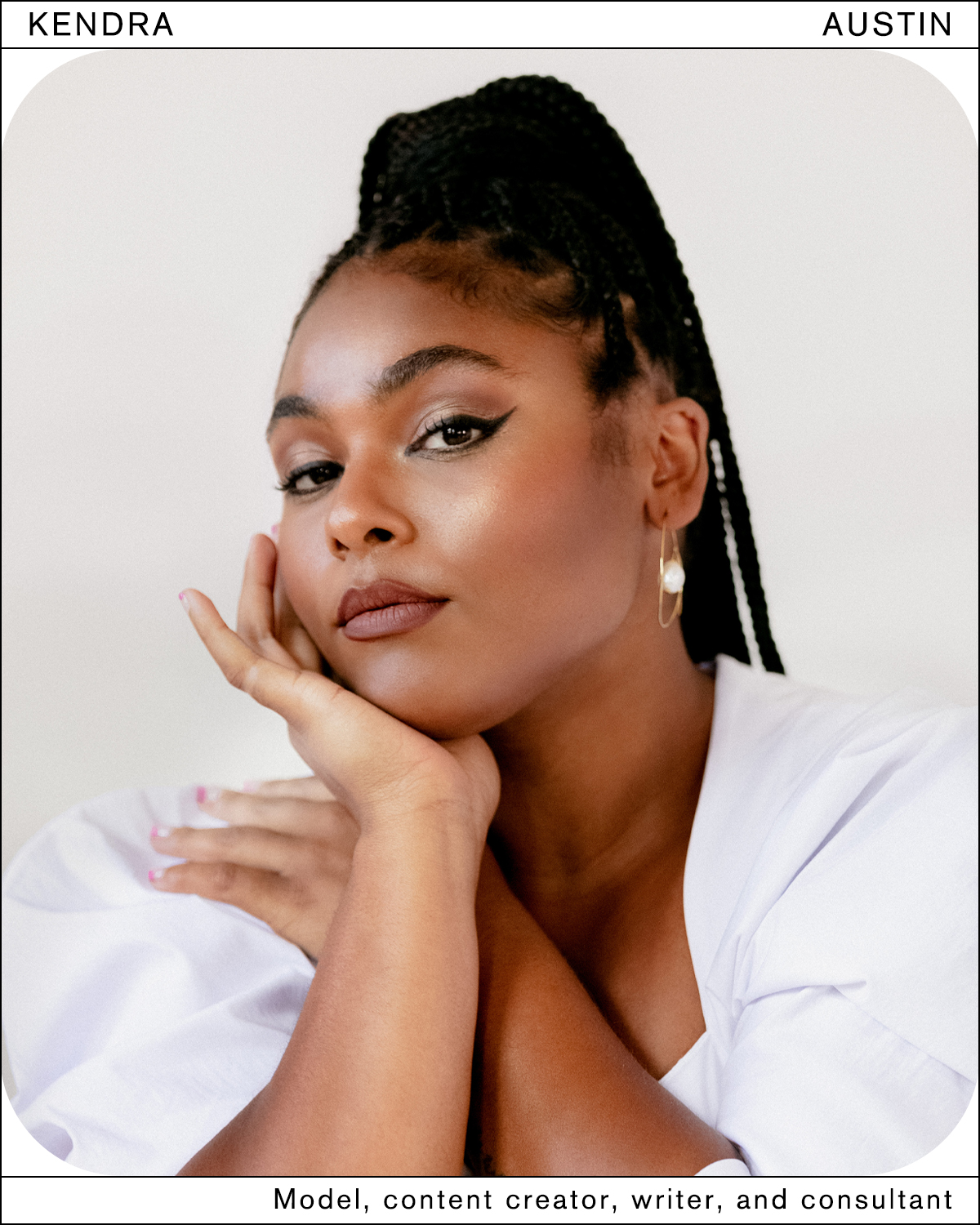
What inspired you to get into modeling in the first place?
I always planned on going to law school and going into politics, and realized very quickly— after moving to the South for school—that some spaces are not built for me, a fat Black woman, to win. What my heart really desired—being center stage telling stories and being creative—didn't seem attainable because I never saw a fat Black woman acting as the main character in anything I consumed as a child. I thought back to who I was before the world told me I couldn't be that. She was a little girl in a room writing stories about beauty, life, and romance surrounded by copies of Teen Vogue. So I moved to New York to find her again, and modeling happened.
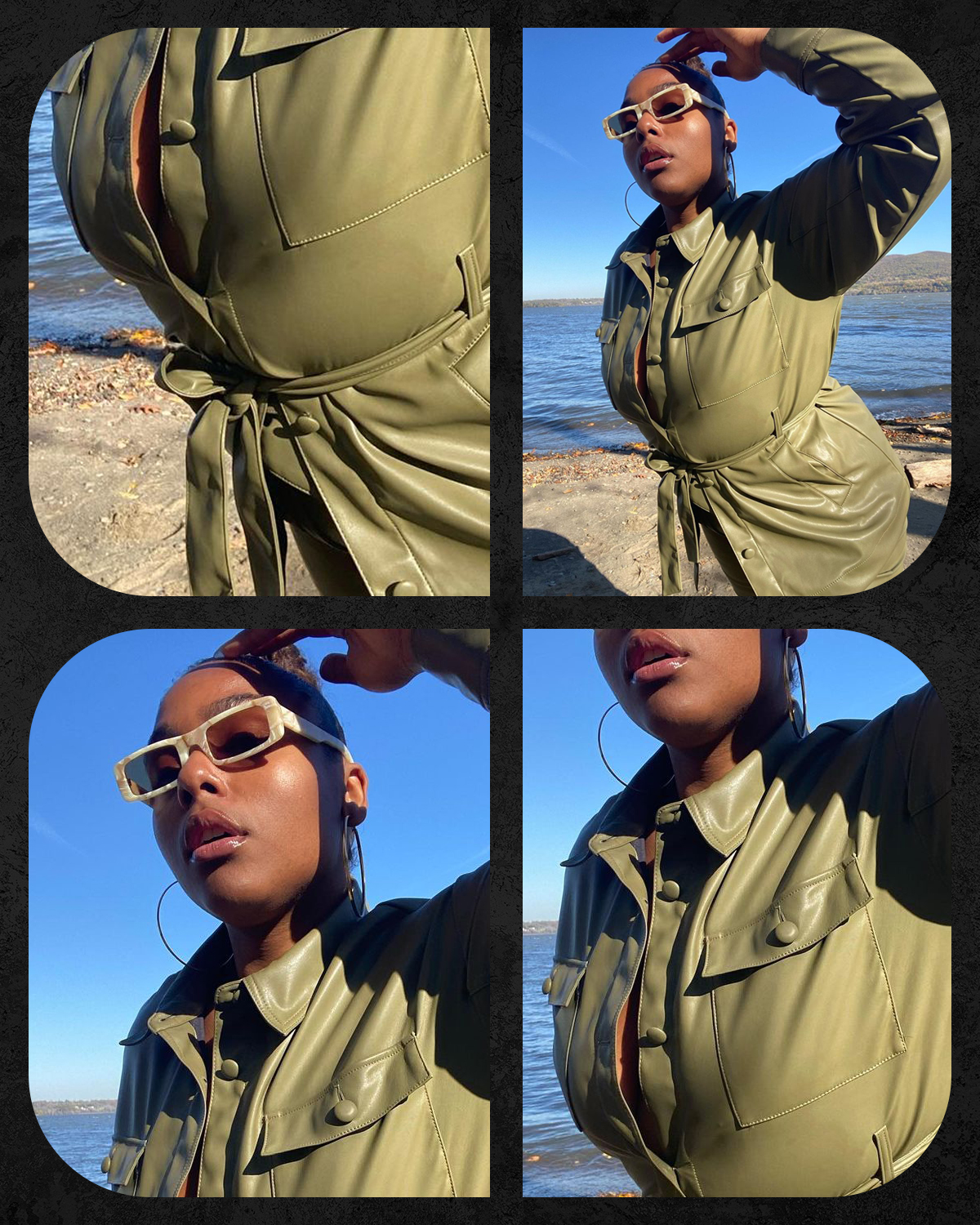
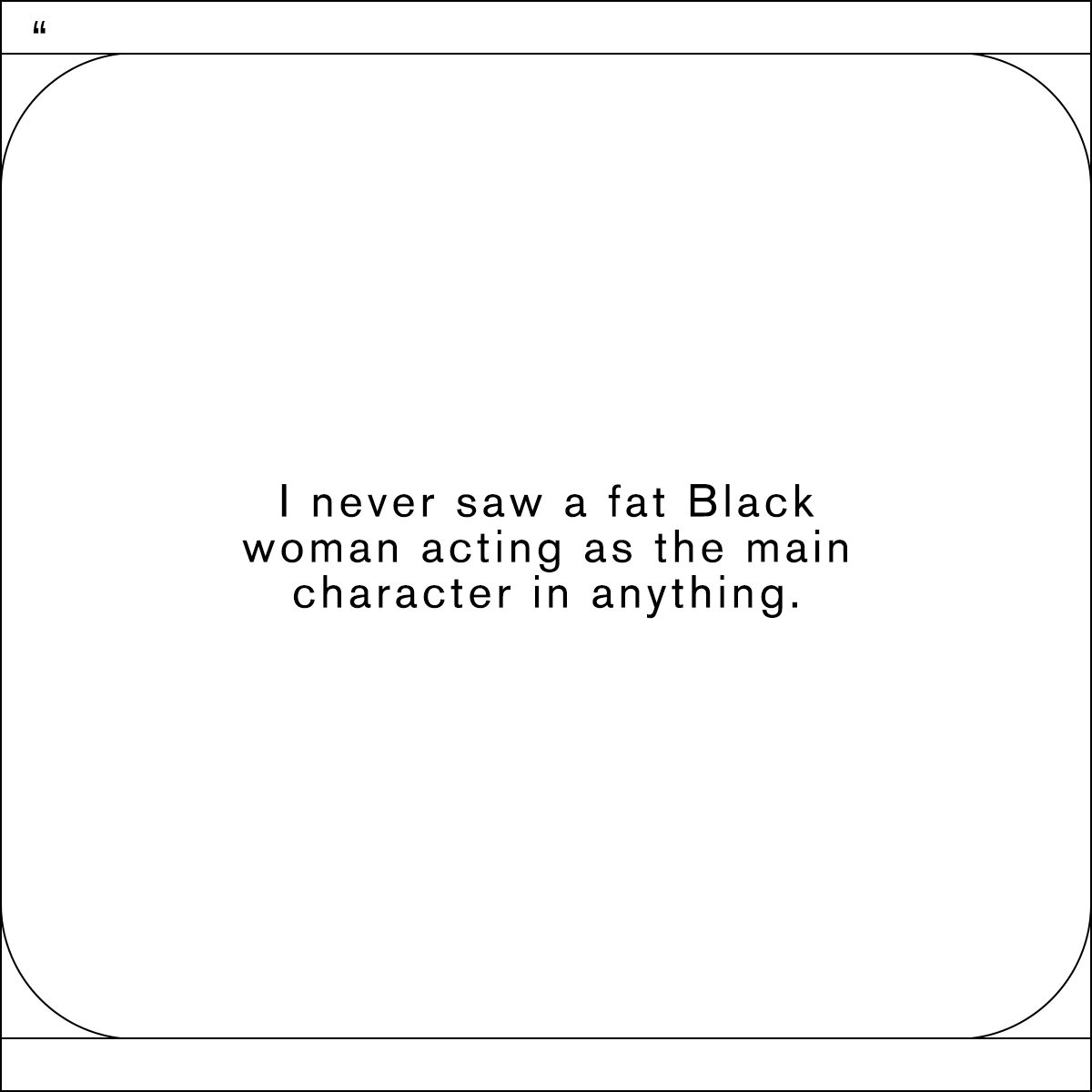
What impact do you hope your modeling work has?
To be honest, my work is not so motivated by changing the industry—which is deeply rooted in misogyny, colorism, fatphobia, and capitalism—as it is in changing the hearts of people who consume it. I want people to consider how pretty privilege impacts our lives outside of fashion, how we treat others based on body-based social capital, and how we can channel beauty and prosperity outside of the systems mentioned above. I want us to challenge our definitions of beauty and how we interact with it in our daily lives, and I want us to be surrounded by people, places, and things that call us back to our highest selves, even in unexpected places. I want to be someone who calls you to your highest self in an unexpected place.
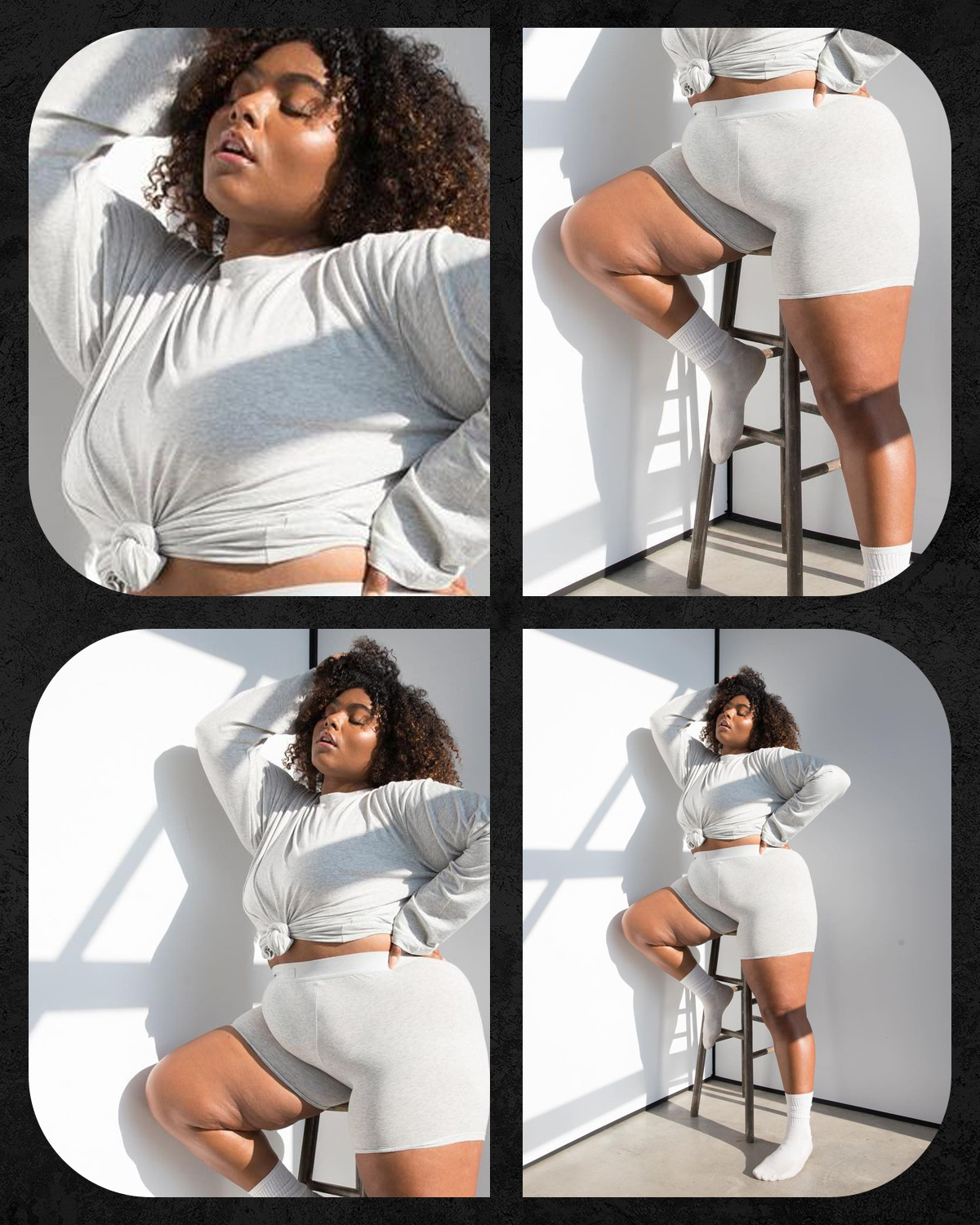
Fashion over the past few years has had a reckoning with systemic racism. How do you think the industry as a whole can move past performative allyship?
Clients and agencies can stop trying to look like an ally and actually embody anti-racism work. That's a great start. Google is free. Production teams scout talent and create vision boards on the same internet that I exist on so I know the information is available to them. Pay the folks you put on your mood boards. Pay us a lot of money for the absolutely invaluable work we provide. We are not a trend, we're not going anywhere, and we will hold the industry accountable when BLM is no longer in social media account bios.
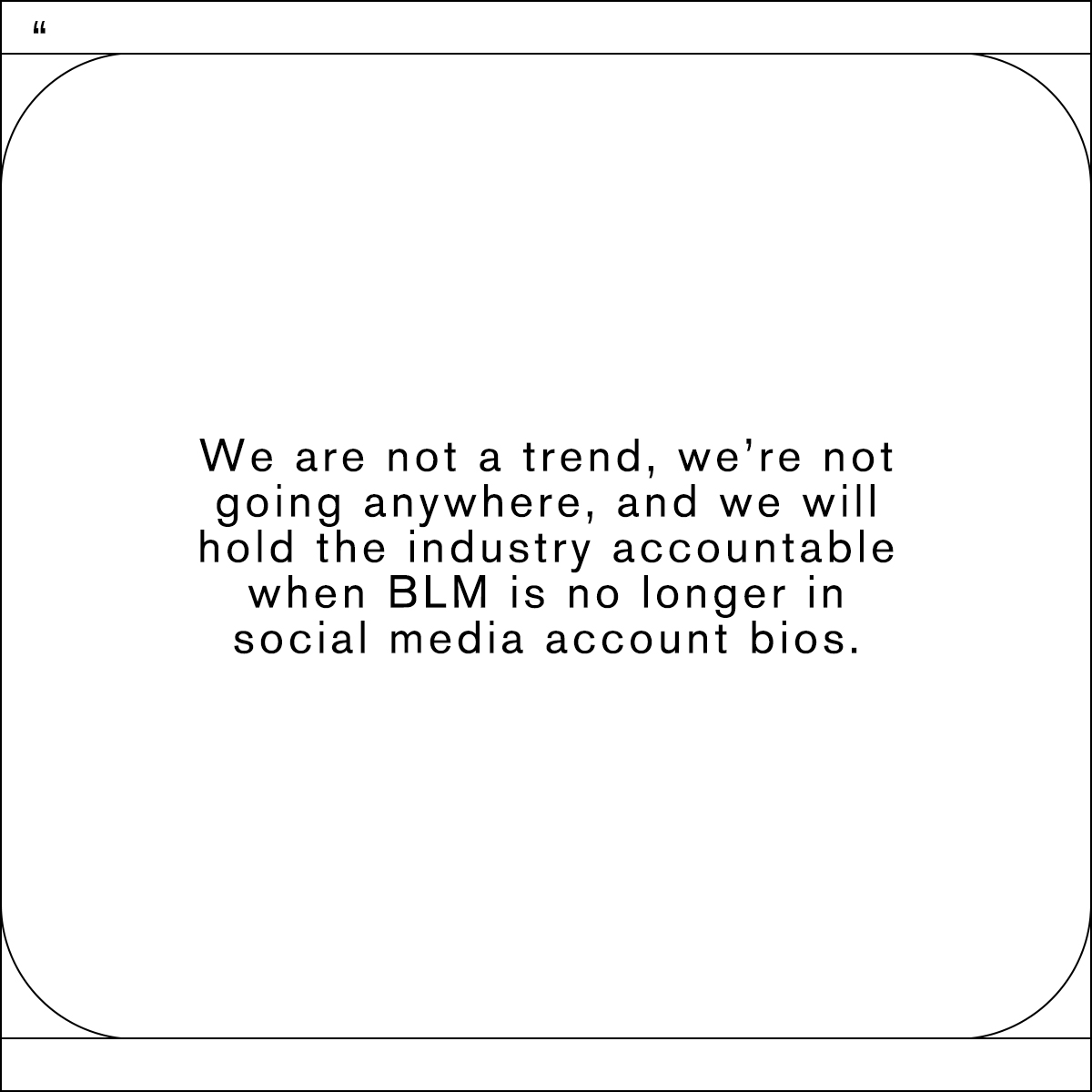
Which has been your favorite modeling project you've done so far, and why?
I was naked and oiled up for Glossier. That did it for me. It's very liberating to sit in a room bare-ass naked, and be the star, and then have it plastered all over the country and published. Pretty cool. Honestly, I rarely like what I wear on sets because stylists love to play fat women for sport. The stylist on that Glossier shoot, AJ Gibbson, brought a skin-toned thong and pasties, and the makeup artist Michela Wariebi got all up in my crevices with body oil. I'm still laughing thinking about how intimate I was with complete strangers that day. Really beautiful.
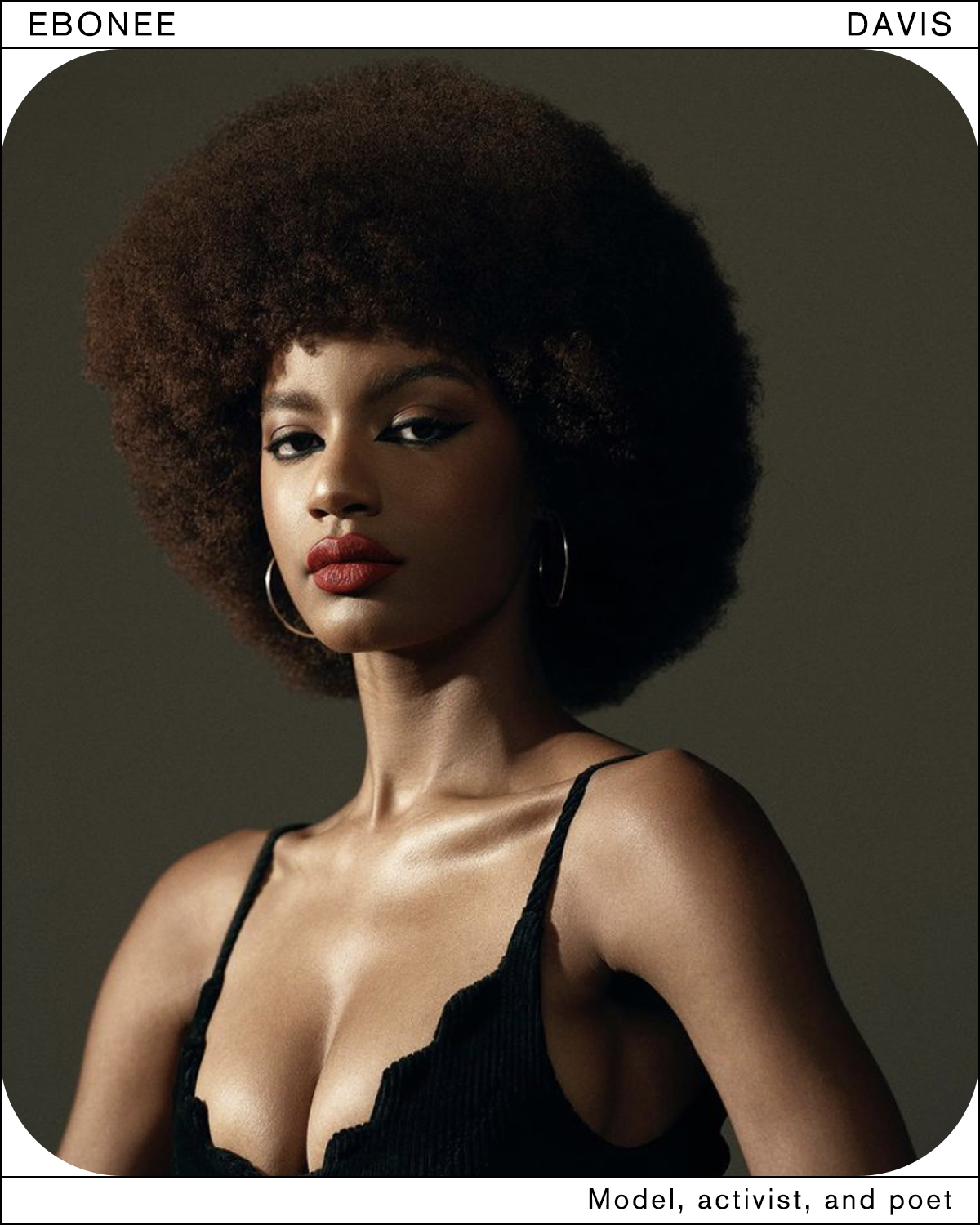
Your modeling résumé spans work from the runway to magazine covers. How can brands and talent agencies be not only diverse but also avoid tokenism in the process? What would true inclusivity look like in your eyes?
True inclusivity in my eyes is a 360-degree approach to producing photo shoots. It means making sure that everyone on set is capable of working with models of all skin tones and hair types, making sure that photographers can properly light a variety of shades, etc. Casting also plays a huge part in inclusivity. Many casting directors have archaic ideals around beauty and fashion that perpetuate the lack of diversity we see today.

Style and beauty can be a tool of survival for the Black community. What role do you think fashion has played in your life?
Fashion, style, and beauty have played a huge role in my personal liberation. The decision to go natural was a tipping point into a deeper exploration of myself. It began an internal dialogue that forced me to ask myself, in what other ways have I been programmed to believe that I am not worthy? That I am not enough? That I am inadequate? If for 24 years I could carry this false belief about myself, that I was somehow less than with my natural hair, then what other beliefs were I carrying that subconsciously controlled the way I moved through the world?
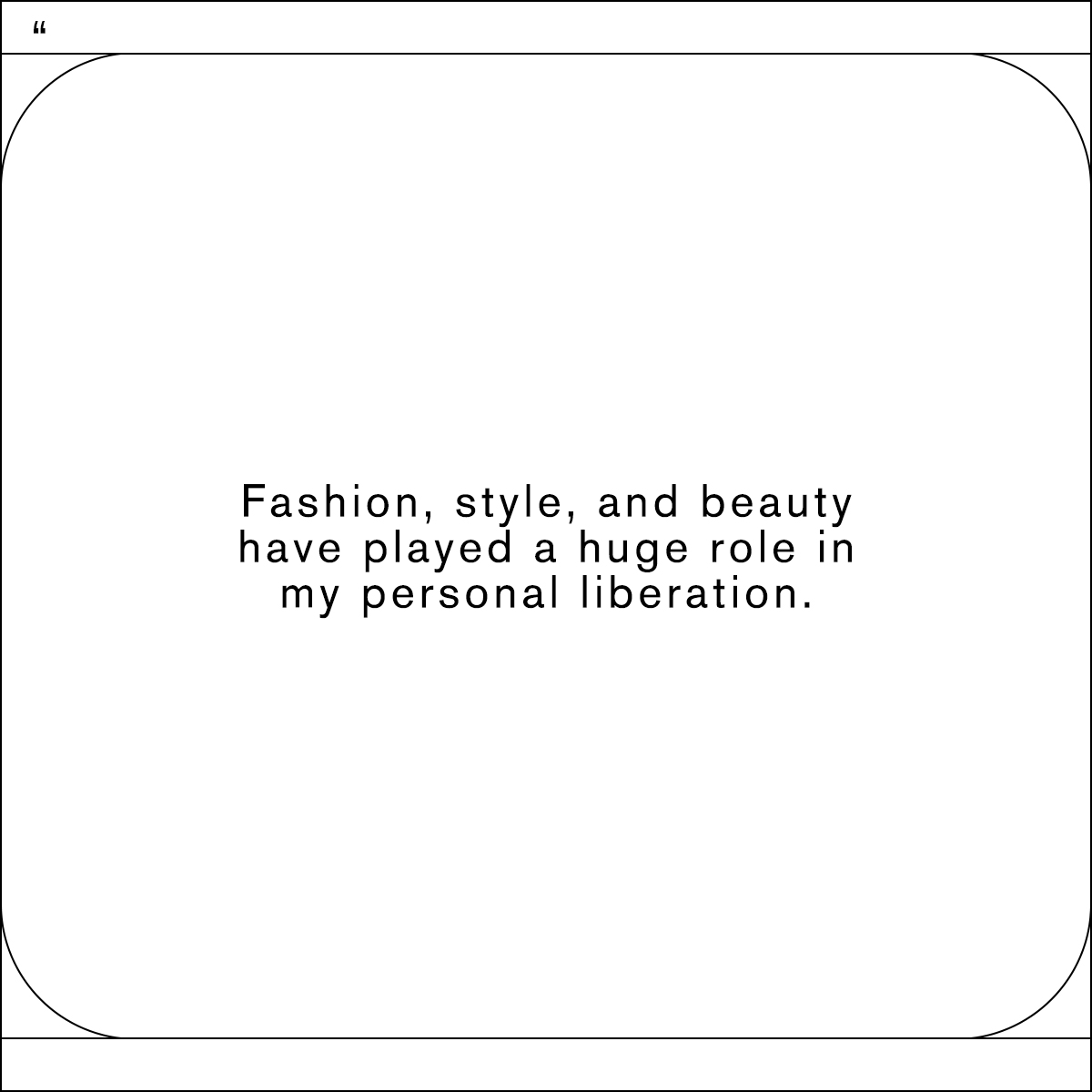
Fashion and beauty are their own forms of storytelling—the industry at large has long been telling stories that center on whiteness, and Eurocentric beauty features. For you, what story do you hope your work tells?
I want my work to tell the story of an "imperfect" person finding their own version of perfection through loving themselves and using that love of self to then empower everyone around them.
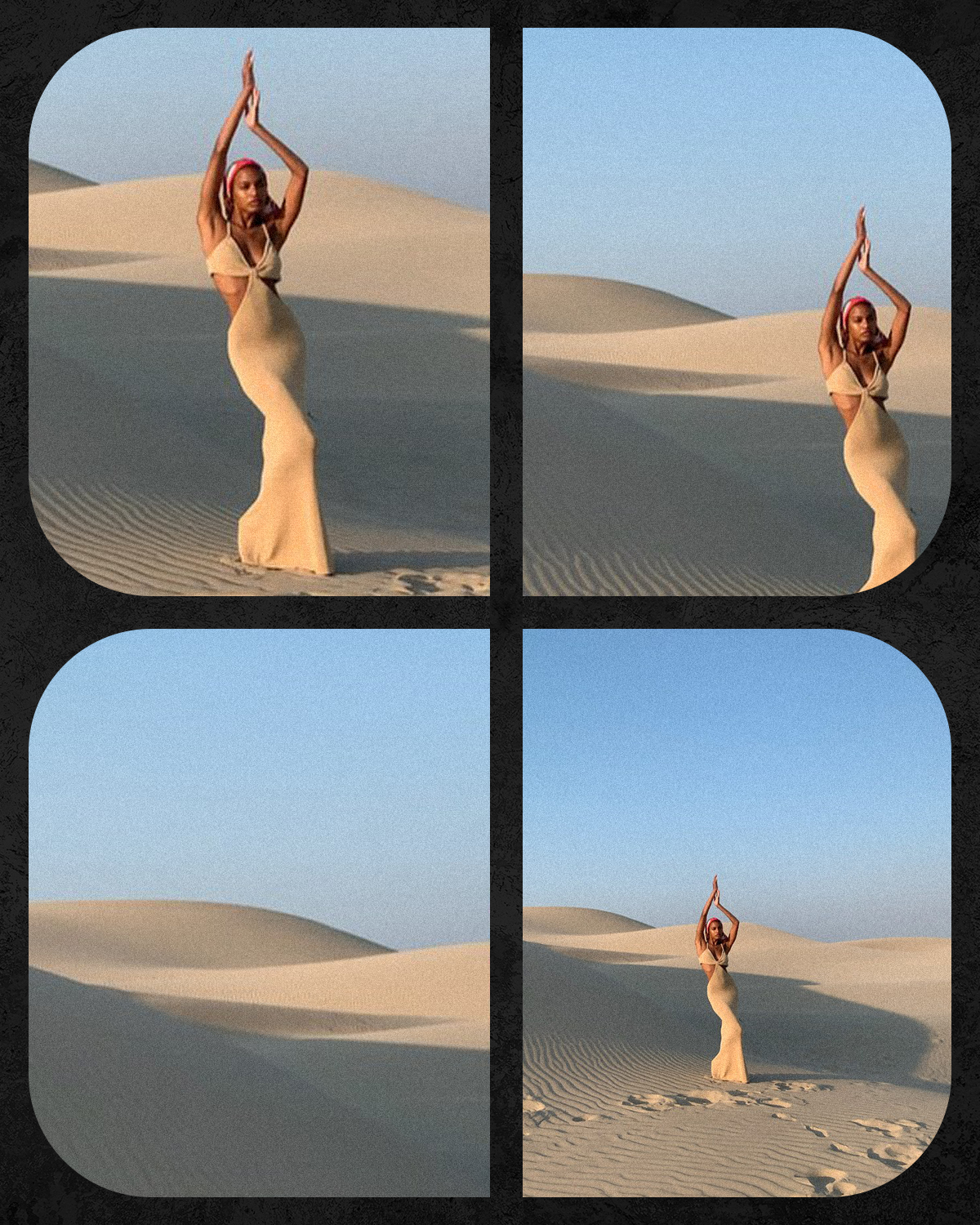
What was your biggest "I made it" moment to date? Any personal milestones you're proud of?
I am experiencing my biggest "I made it" moment now with the completion of the book I've been writing for the last four years that chronicles my experience of going from disempowered to self-realized. It's my magnum opus. I'm sure I'll go on to do other great things but this is huge for me.
In terms of fashion, though, I think the biggest "I made it" moment was seeing myself on a billboard in SoHo after being told by my then-agency that I wouldn't get work with natural hair. As I said, God chooses those who choose themselves.
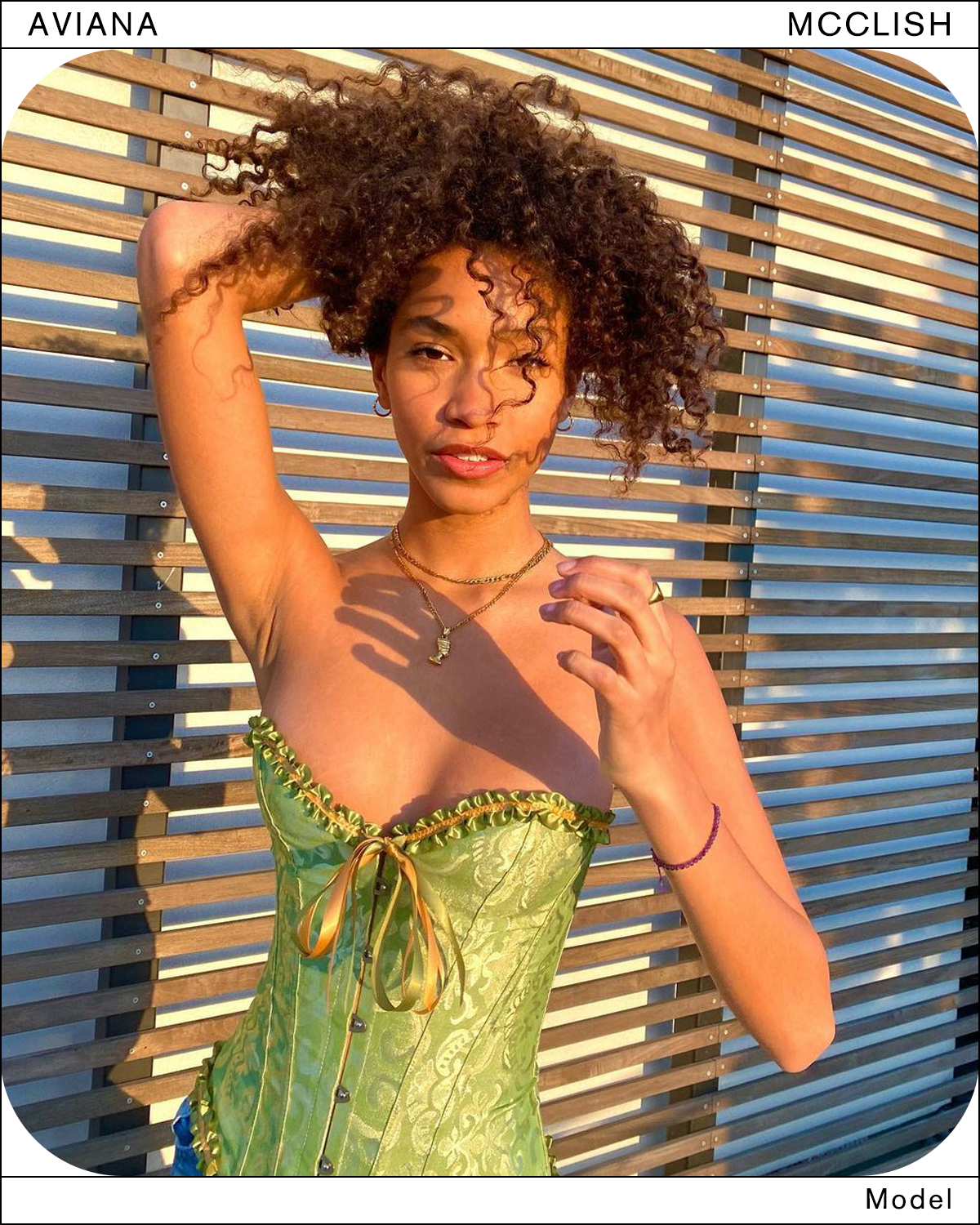
Fashion over the past few years has had a reckoning with systemic racism. How do you think the industry as a whole can move past performative allyship?
It is really simple. Diversity and inclusiveness. There are still brands out there that see using light-skinned and dark-skinned girls as a "trend." They use us for one or two jobs or seasons to please people and then stop. It is kind of funny to me that we are still having this conversation because Ellen Pompeo said something in an interview almost three years ago, and it stuck with me. She said, "I don't see enough color. And I didn't see enough color when I walked in the room today. I think it's up to all productions to make sure that your crew looks like the world that you see…" and when she said that it really struck me. To this day, we have to be aware that if our lives outside of set look much more diverse than when we're on set, there is a disconnect that needs to be fixed.
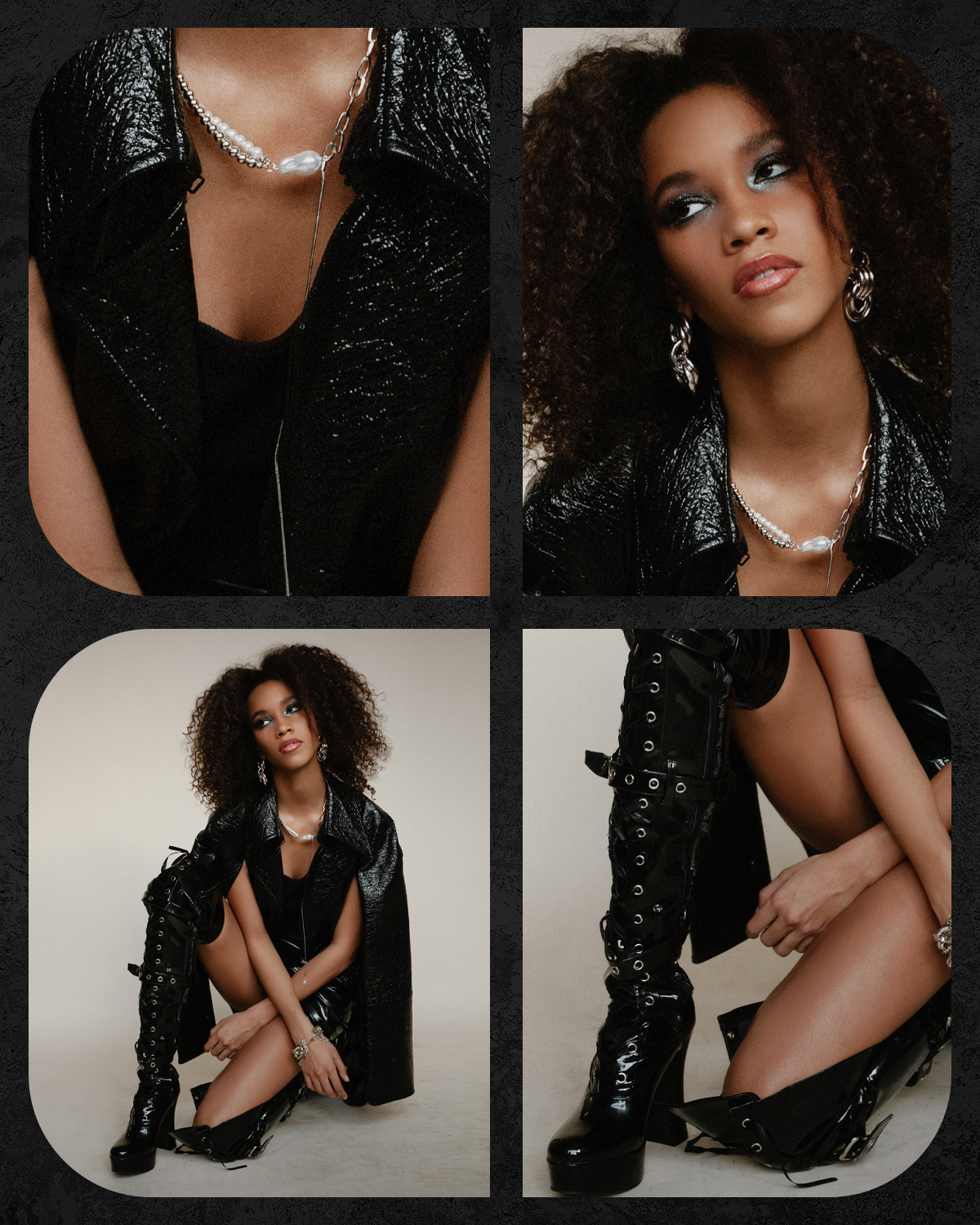
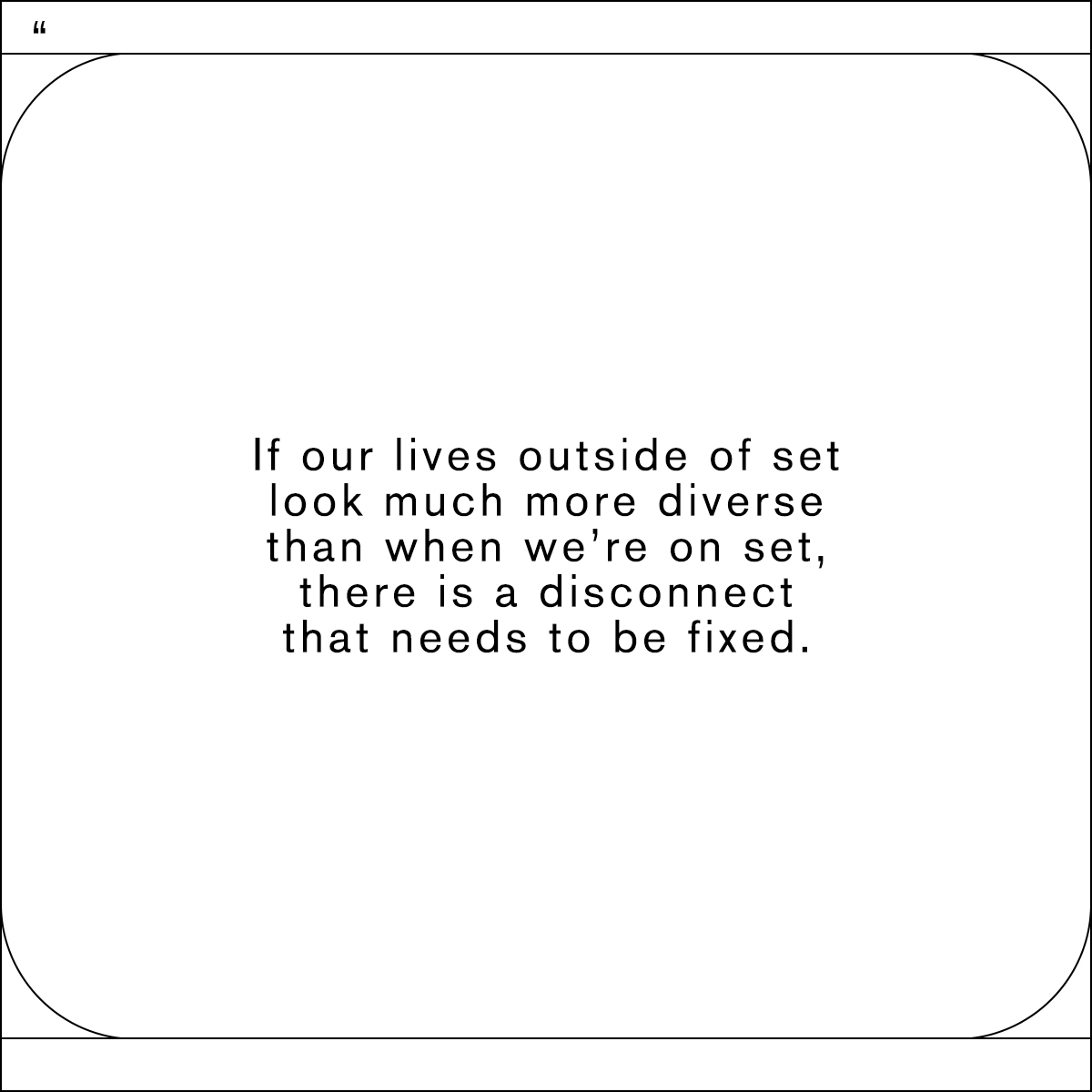
Fashion and beauty are their own forms of storytelling—the industry at large has long been telling stories that center on whiteness, and Eurocentric beauty features. For you, what story do you hope your work tells?
I always think of this little girl I saw on the train once with her mom, she was about 6 or 7 with her curly hair tied up in a bun. I looked up and saw her looking at me, so I smiled, made a silly face, then put my head back down. A couple of minutes later I look back up, her hair is down, she has this huge smile on her face, she points to my hair (I had my curls out at the time) then points to her hair and smiles even bigger. I looked up at her mom and she mouthed "Thank you" and at that moment I realized how much of an impact just being yourself and being confident in your skin (and hair) can have. So I hope that my work helps the kids who are made fun of because of their differences to become more confident and fearless within themselves and to love themselves.
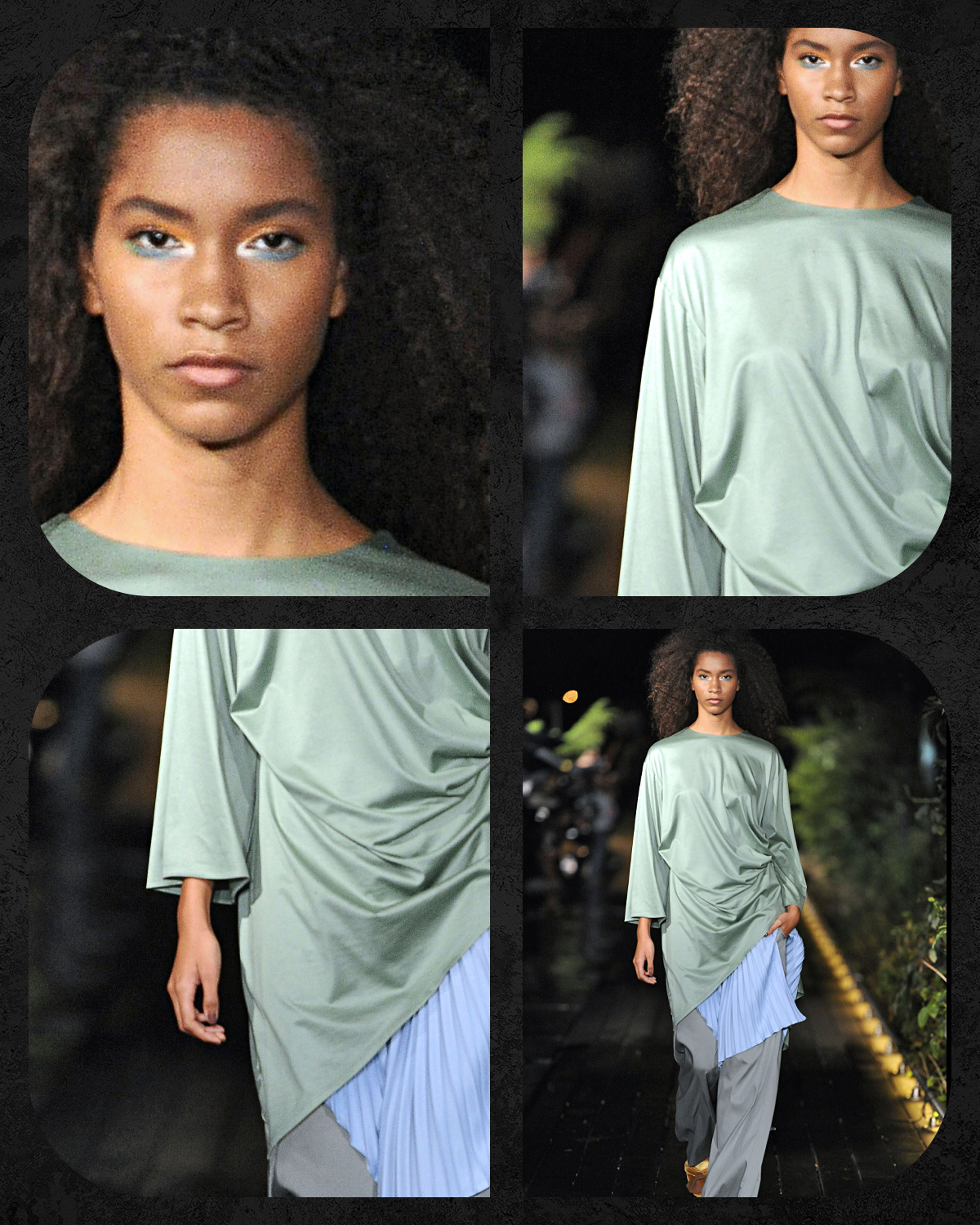
Which has been your favorite modeling moment you've had so far, and why?
It's hard to choose just one, but I would have to say Project Runway (S/S 17). I really enjoyed having the opportunity to be with 16 designers and seeing all the inspiration, creativity, determination, focus, and skills flying around the room. It was exciting watching the designers work their asses off every week, fighting for the same thing, and seeing everyone push each other past their limits. No one really knows what goes on behind the scenes so being able to take part in that and see it was I mean just inspiring and amazing.

What kind of story do you hope to tell through your clothing line, Sincerely Ria? How long have you had the line for?
I started Sincerely Ria at the beginning of the pandemic in 2020. The process gave me inner strength and confidence which I hope to share with everyone who is a part of Sincerely Ria. It was important to me now more than ever to create a community that lent a hand in inclusivity rather than exclusivity. Fashion luxury brands can be exclusive in terms of look and price. It was important to me to offer a product that was both affordable as well fit all body types.
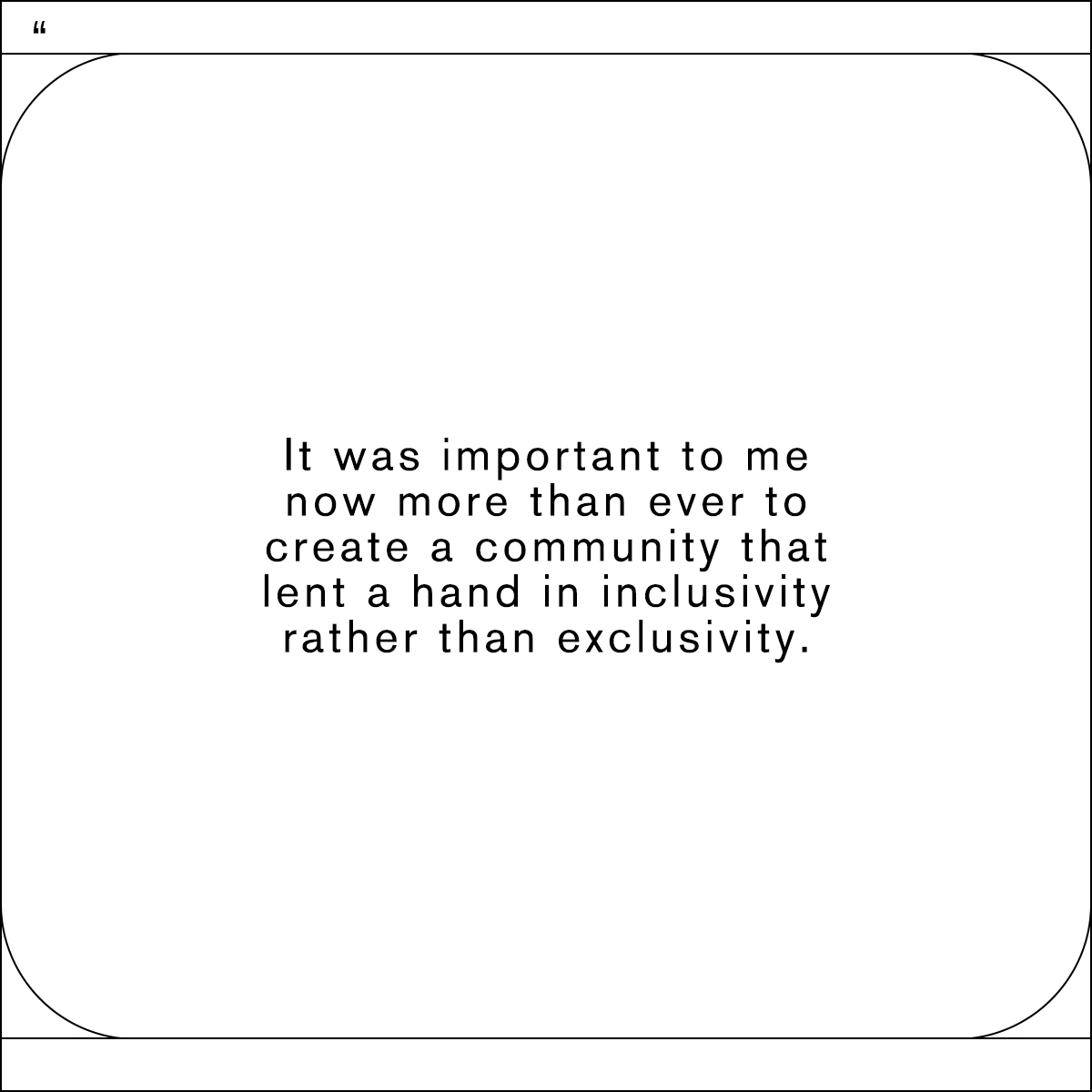
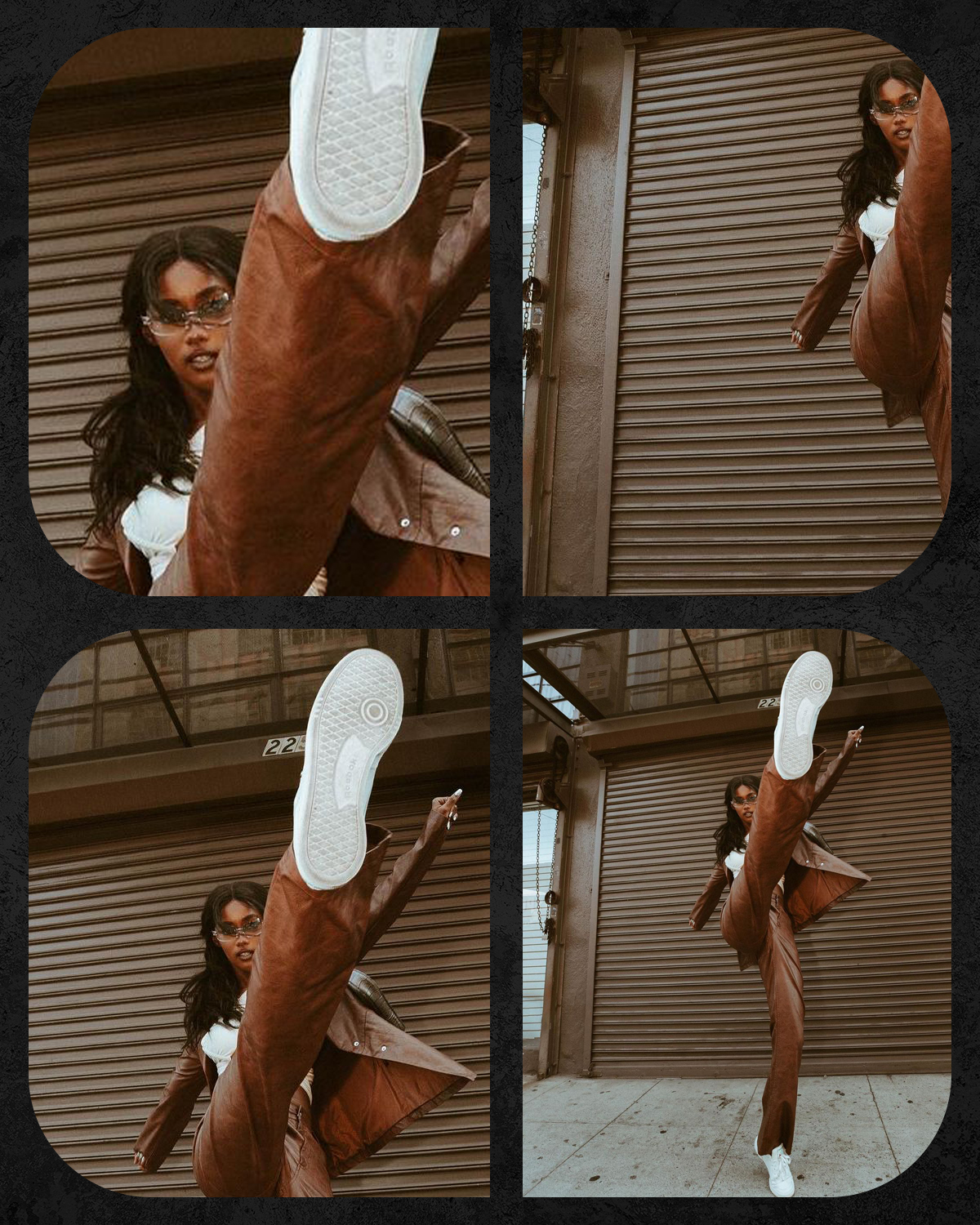
Which modeling projects are you most proud of, and why?
I have been so fortunate to be a part of so many great campaigns. I don't have just one that has been my favorite. They have all been special to me in different ways. I've been fortunate to work with some of the biggest names in fashion such as Savage X Fenty by Rihanna, DVF, KKW Beauty, Revolve, Marc Jacobs Beauty, and more.
Describe your style in three words. Are there any brands or pieces you're personally loving at the moment?
Feminine, fun, and sophisticated. As for brands, I am loving Miaou, Farai London, and this cute new brand called Sincerely Ria. Have you heard of it?
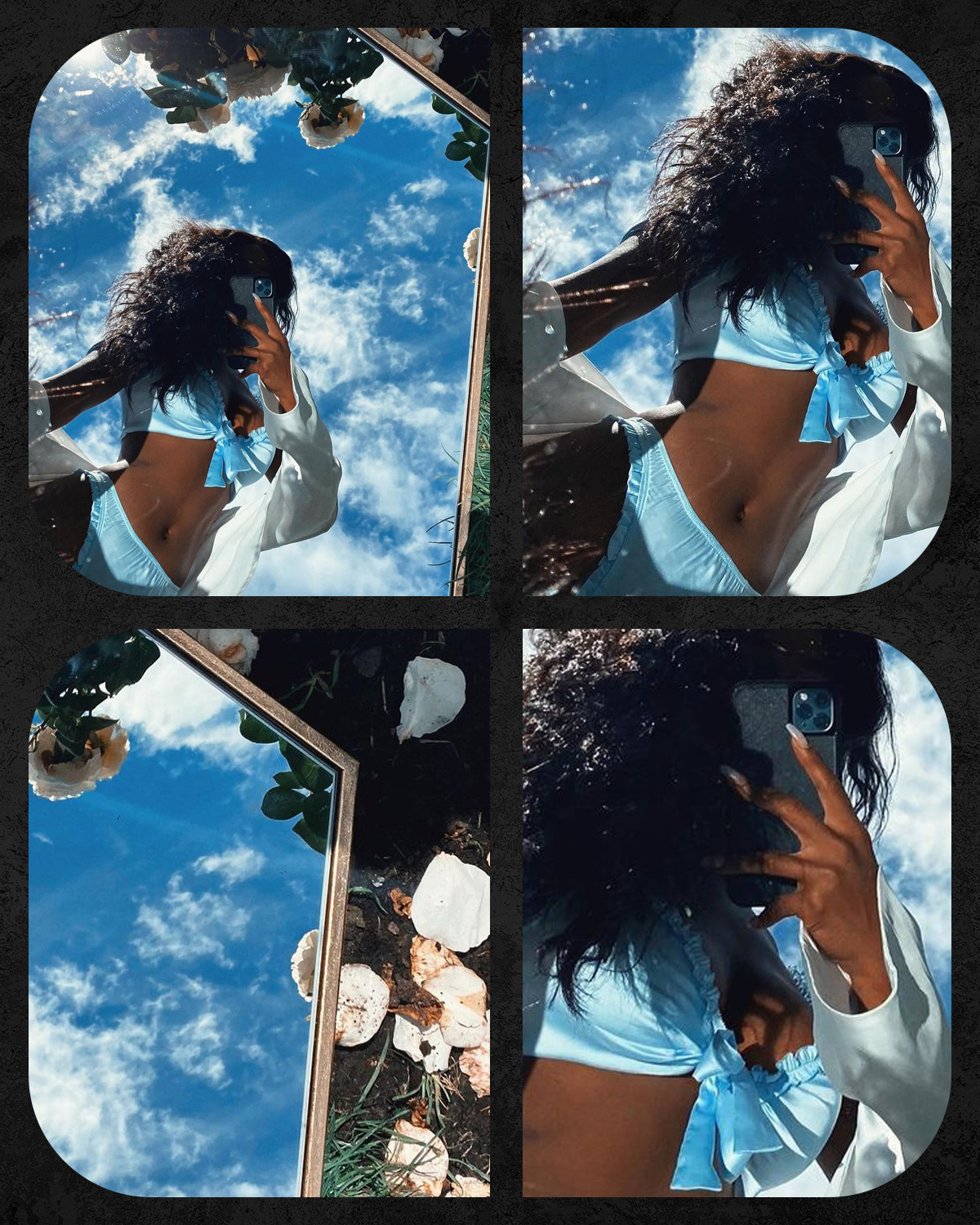
What kind of impact do you hope your work (modeling, designing, and acting) has on the industry?
I want to represent the underrepresented and inspire the next generation so that they know that there are no limits. It's important to show that you can do anything with hard work and dedication no matter what race, gender, or age you are.
You've been vocal in the past about the industry's tendency to only show support in a surface-level way. What would true inclusivity look like in your eyes?
It's important to have diversity in front of and behind the camera. The individuals making the decisions should reflect who the decisions are being made for. Companies should not only reflect the idea of inclusion. The change has to be made and made fast.
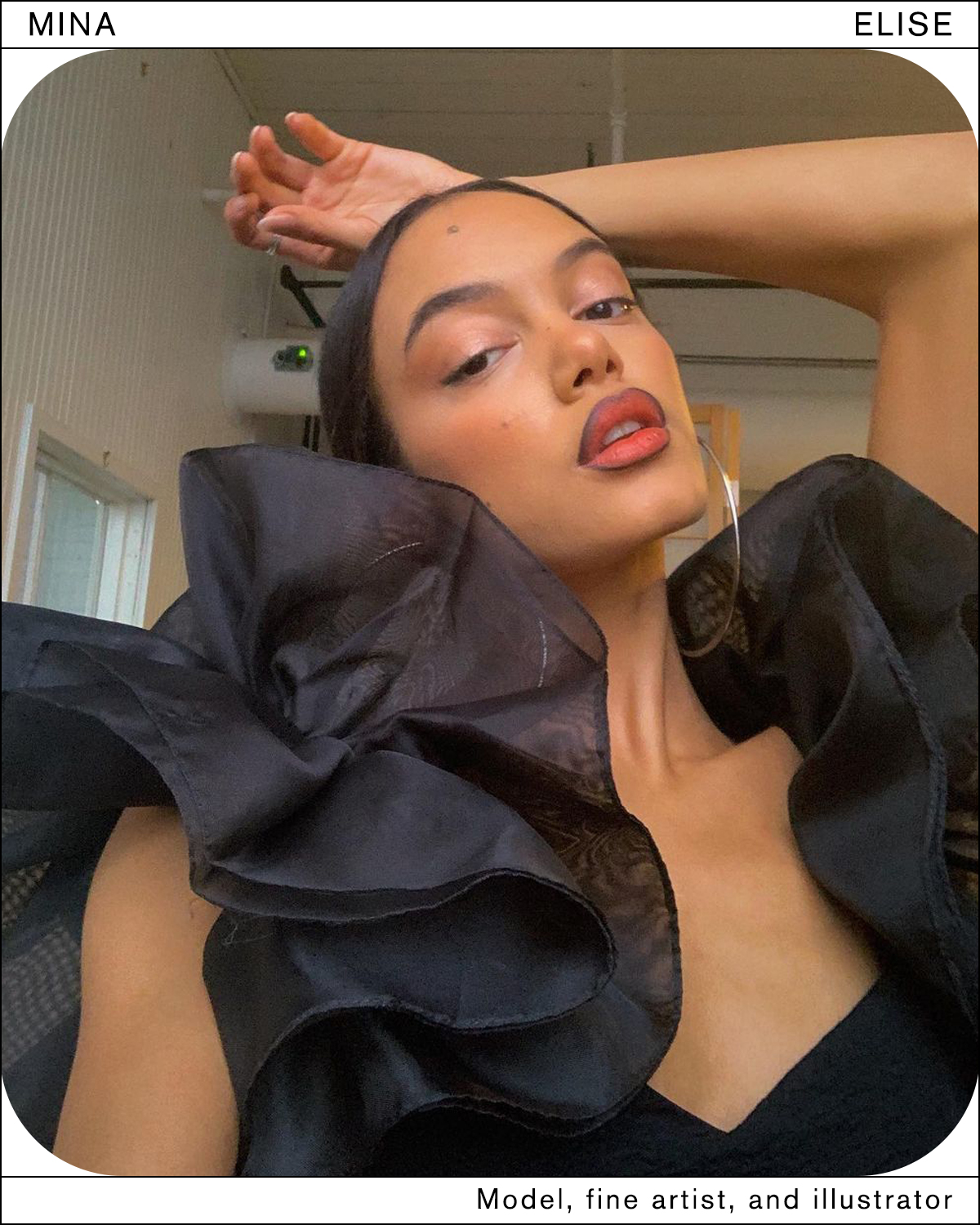
What inspired you to get into modeling?
While style and expression were something I learned about when I was a kid, I was adamant about dressing myself and took it quite seriously. I saw my style as a wearable set of feelings, which was probably why my outfits always clashed. I still see it this way, a chance to talk without words, transform into new, or simply just become. This feeling of freedom is exactly what inspired me.
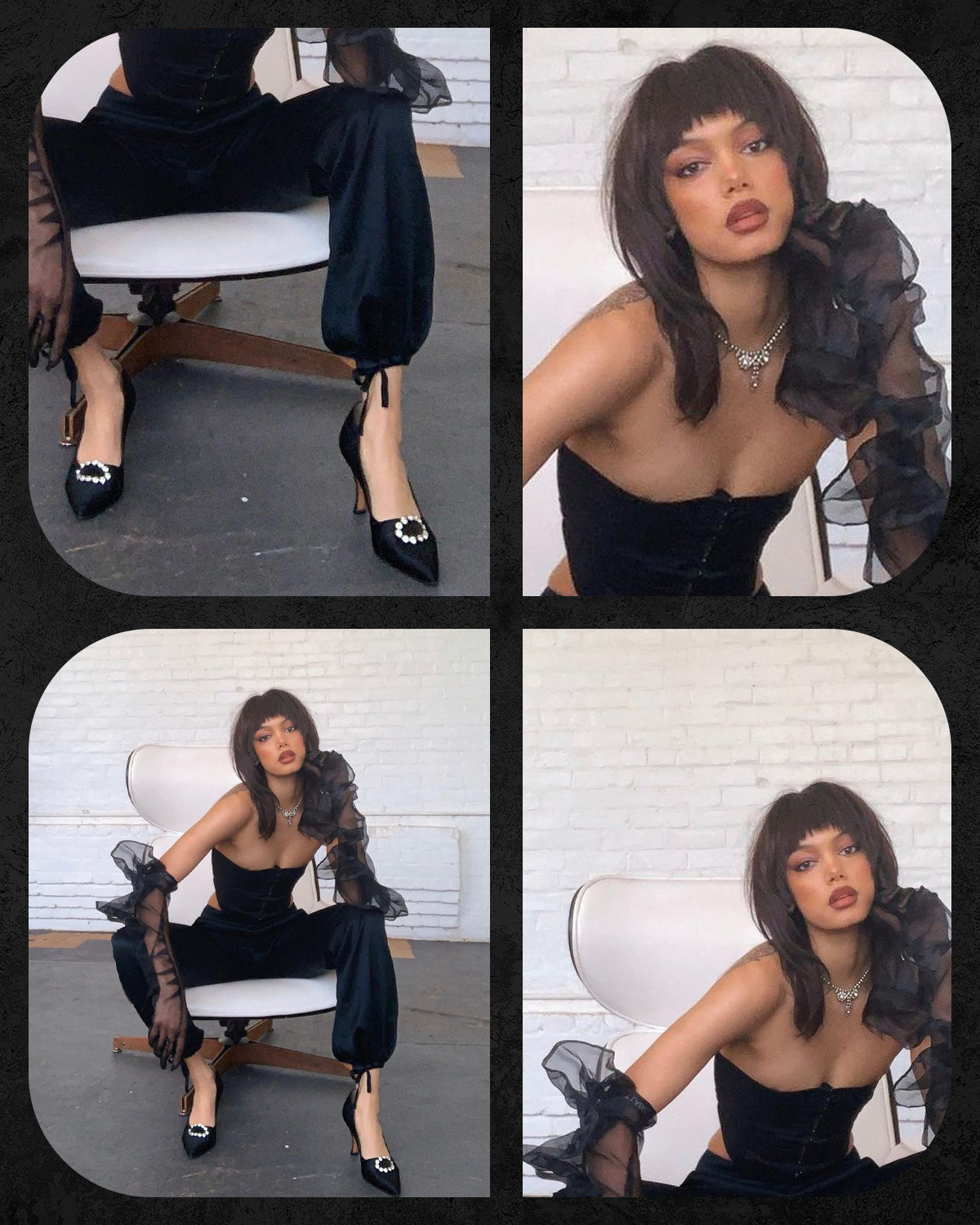

Fashion over the past few years has had a reckoning with systemic racism. How do you think the industry as a whole can move past performative allyship?
Ahh. Now regardless of being a new face with Freedom Models, I know one thing's for sure: Inclusivity does not mean let’s include non-white folks for the sake of visibility and public appeal aka tokenism. It goes so beyond being seen. We want to be felt and understood. And for Black and Brown models, a big chunk of the misunderstanding takes place on set.
It's so often that a campaign or brand will call for a "diverse" group of models when the team itself is not. Or a queer group of models is asked to be authentic and bare their identity for an LGBTQ job and yet they are surrounded by cishet creators. More space should be made for people to tell their own stories, for all parties involved to be intersectional. And not for any performative benefit, but because it's what right—it's more true! What happens behind the scenes should reflect the message just as well as the models do, or else… What's really the message, you know?
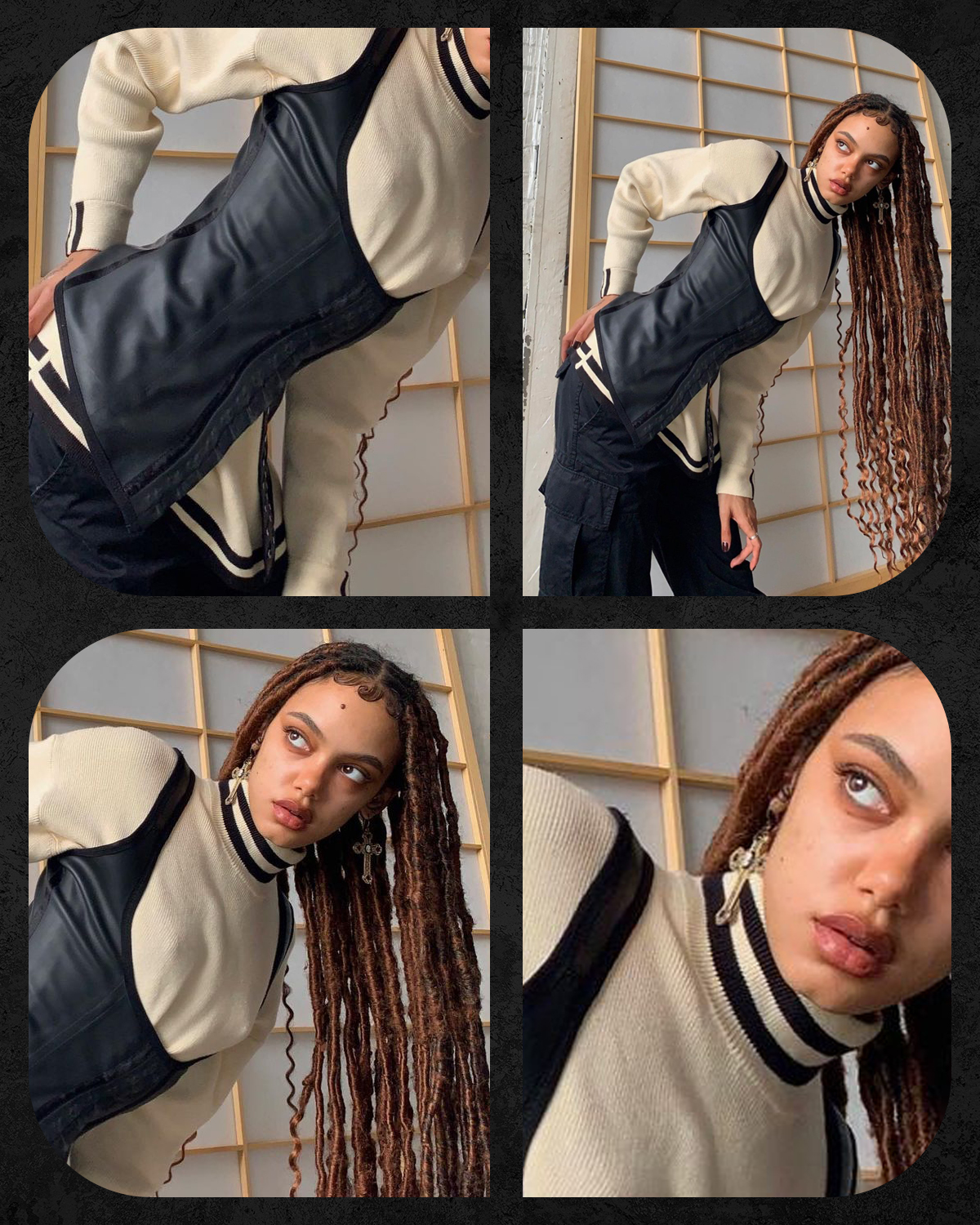
Fashion and beauty are their own forms of storytelling—the industry at large has long been telling stories that center on whiteness, and Eurocentric beauty features. For you, what story do you hope your work tells?
I love this question. We all have things that make us a little visibly different. And for me, I've always felt like it's my birthmark. My mama says as I grow up I will find ways to become the person I needed as a child, so embracing my birthmark feels like just that. It used to bring me the deepest shame, my goodness. I'd cover it with hair and hats every day. It stopped me from doing the simplest things, like swimming, sweating, feeling a strong breeze on my face, etc.
In my early teens, I'd never seen a portrayal of beauty that included a person with a big ole mole on their forehead, and why not? It would be so beautiful if kids who aren't white, thin, straight, cis, able-bodied, hairless, blemish/beauty mark-free didn't have to spend their adolescence (and even adulthood) unlearning and relearning what beauty looks like. If they saw it first hand if they actually saw themselves!
Speaking of your work, your artwork features stunning imagery of Black women. To what extent are your illustrations an exploration of identity?
Ever since I came out, it honestly feels like everything I do is an exploration of my identity. Only natural that my work is too.
Next: These 5 Black Designers Are Painting the Future of Fashion
Anna is an NYC-based senior fashion editor who has been a member of the Who What Wear team for over seven years, having begun her career in L.A. at brands like Michael Kors and A.L.C. As an editor, she has earned a reputation for her coverage of breaking trends, emerging brands, luxury shopping curations, fashion features, and more. Anna has penned a number Who What Wear cover interviews, including Megan Fox, Julia Garner, and Lilly Collins. She also leads the site’s emerging travel vertical that highlights all things travel and lifestyle through a fashion-person lens.
-
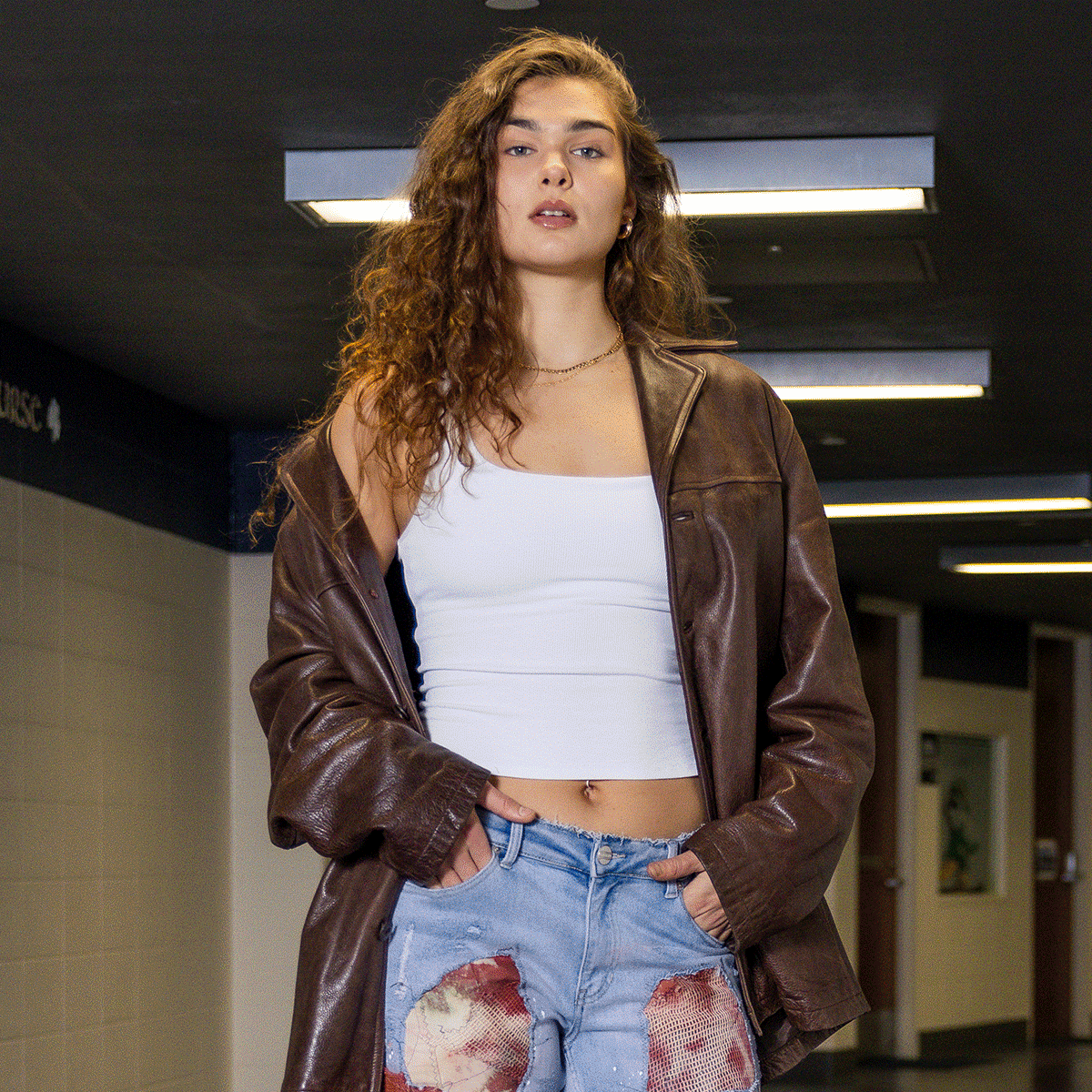 What Happens When College Basketball Embraces the Tunnel 'Fit?
What Happens When College Basketball Embraces the Tunnel 'Fit?I asked Notre Dame's Maddy Westbeld and Coach Niele Ivey.
By Eliza Huber
-
 Spotted on the Streets of L.A.: The Chicest Shoe Trend to Wear With Black Trousers
Spotted on the Streets of L.A.: The Chicest Shoe Trend to Wear With Black TrousersSorry, sneakers—it's not your time.
By Eliza Huber
-
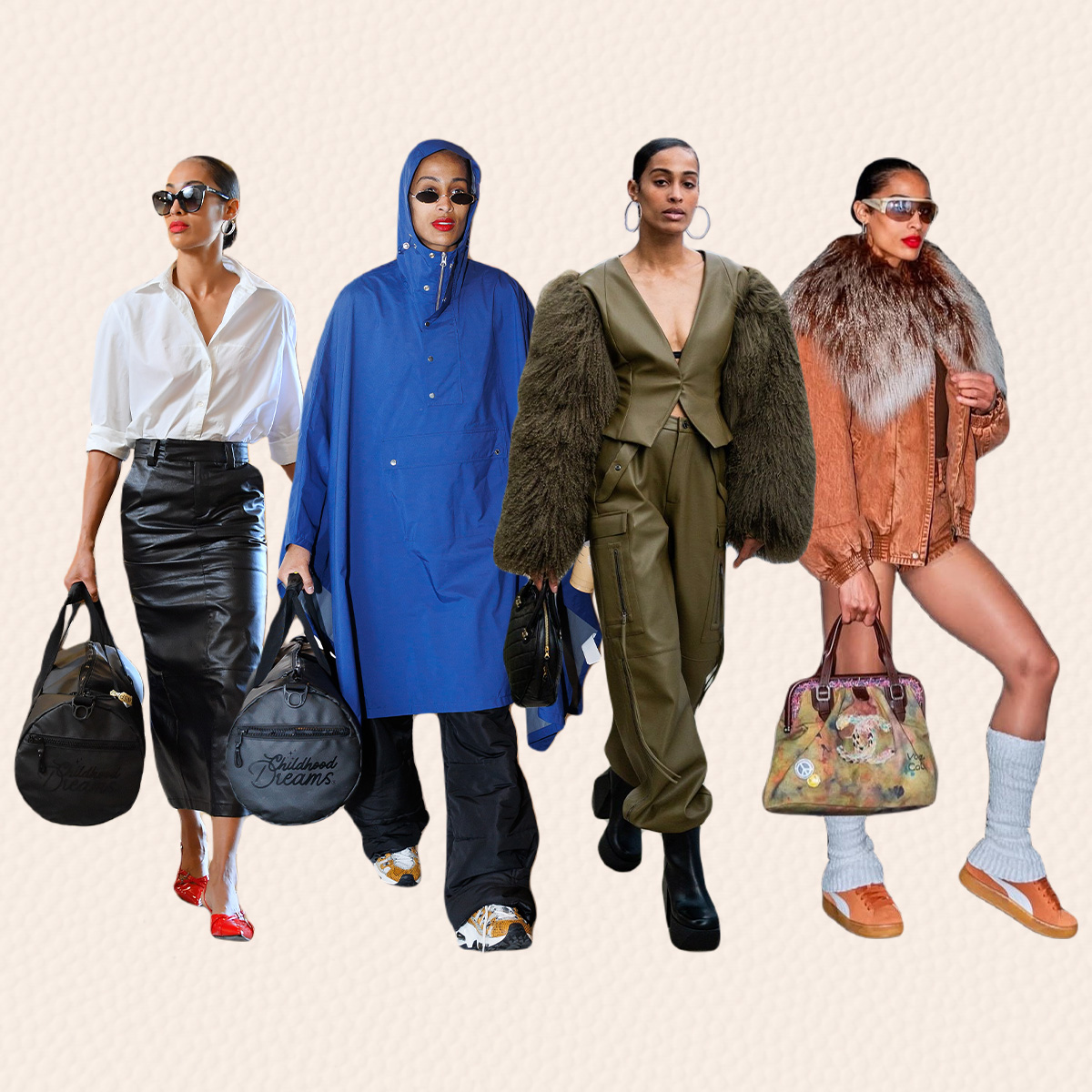 The Power of Styling in Sports
The Power of Styling in SportsIn conversation with Skylar Diggins-Smith and her stylist, Manny Jay.
By Eliza Huber
-
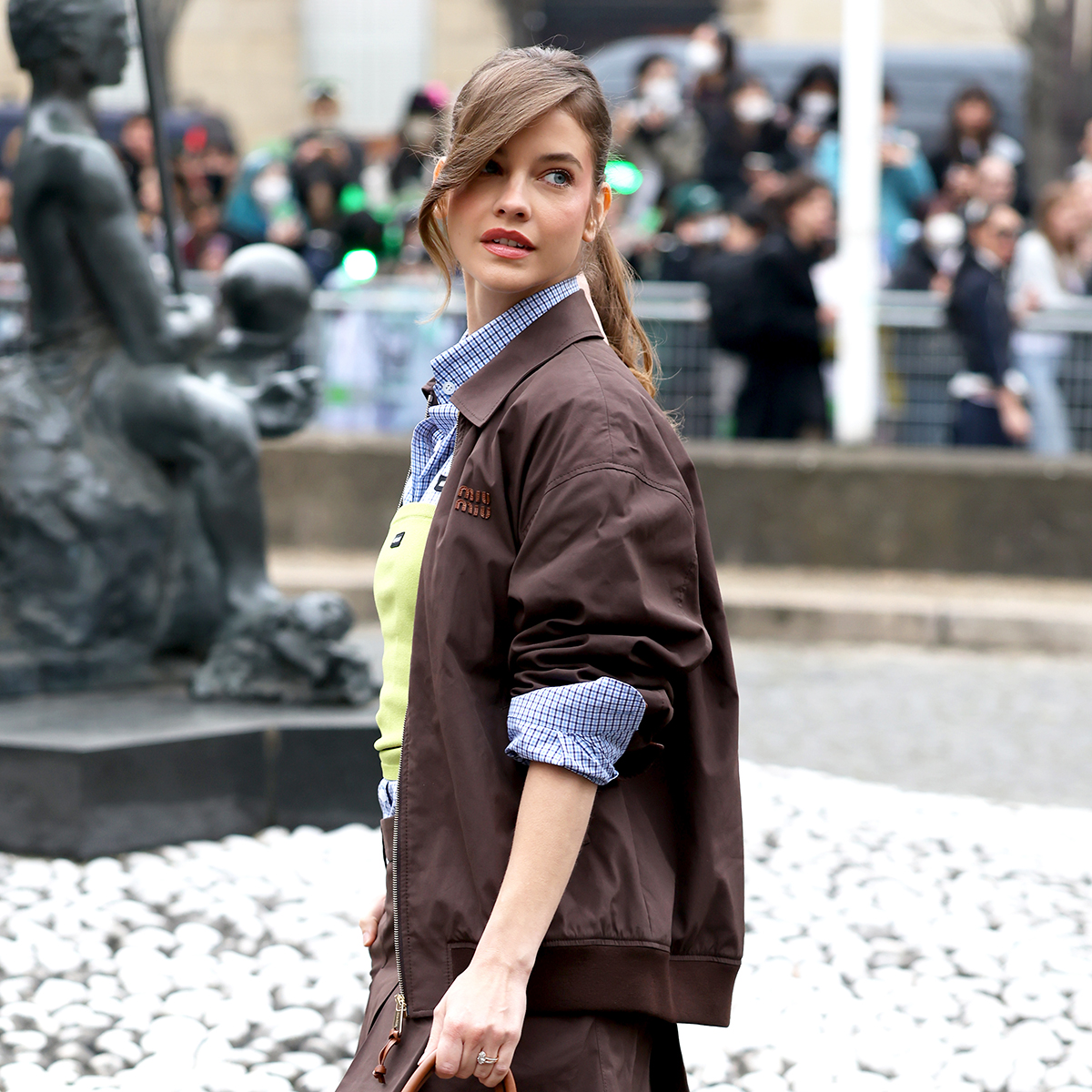 I'm Calling It: This Is How People With Cool Style Will Wear Button-Down Shirts in 2025
I'm Calling It: This Is How People With Cool Style Will Wear Button-Down Shirts in 2025As seen in Paris.
By Allyson Payer
-
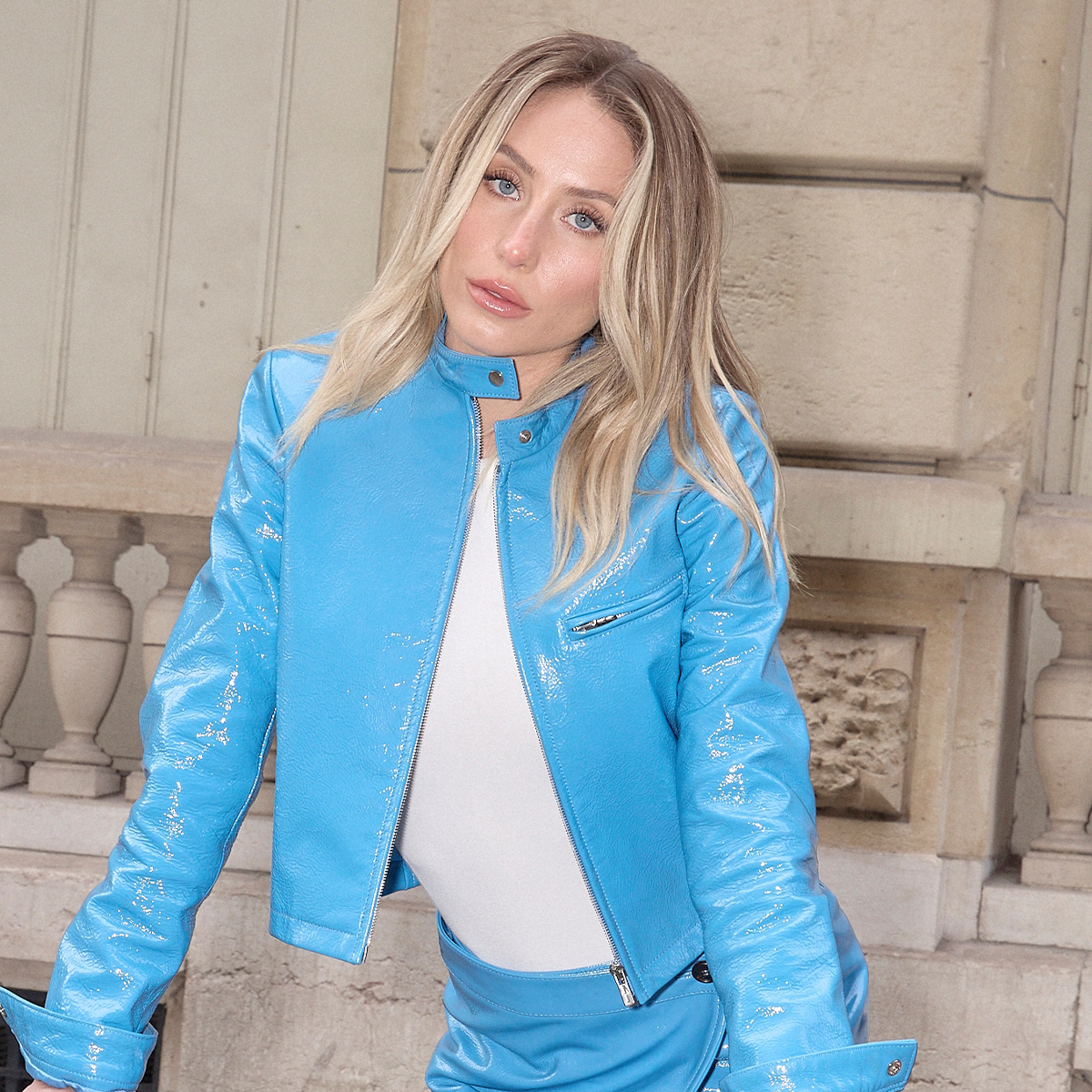 Alix Earle Takes Fashion Risks for Miu Miu (Yes, That Includes Socks With Heels)
Alix Earle Takes Fashion Risks for Miu Miu (Yes, That Includes Socks With Heels)Anything for Mrs. Prada.
By Ana Escalante
-
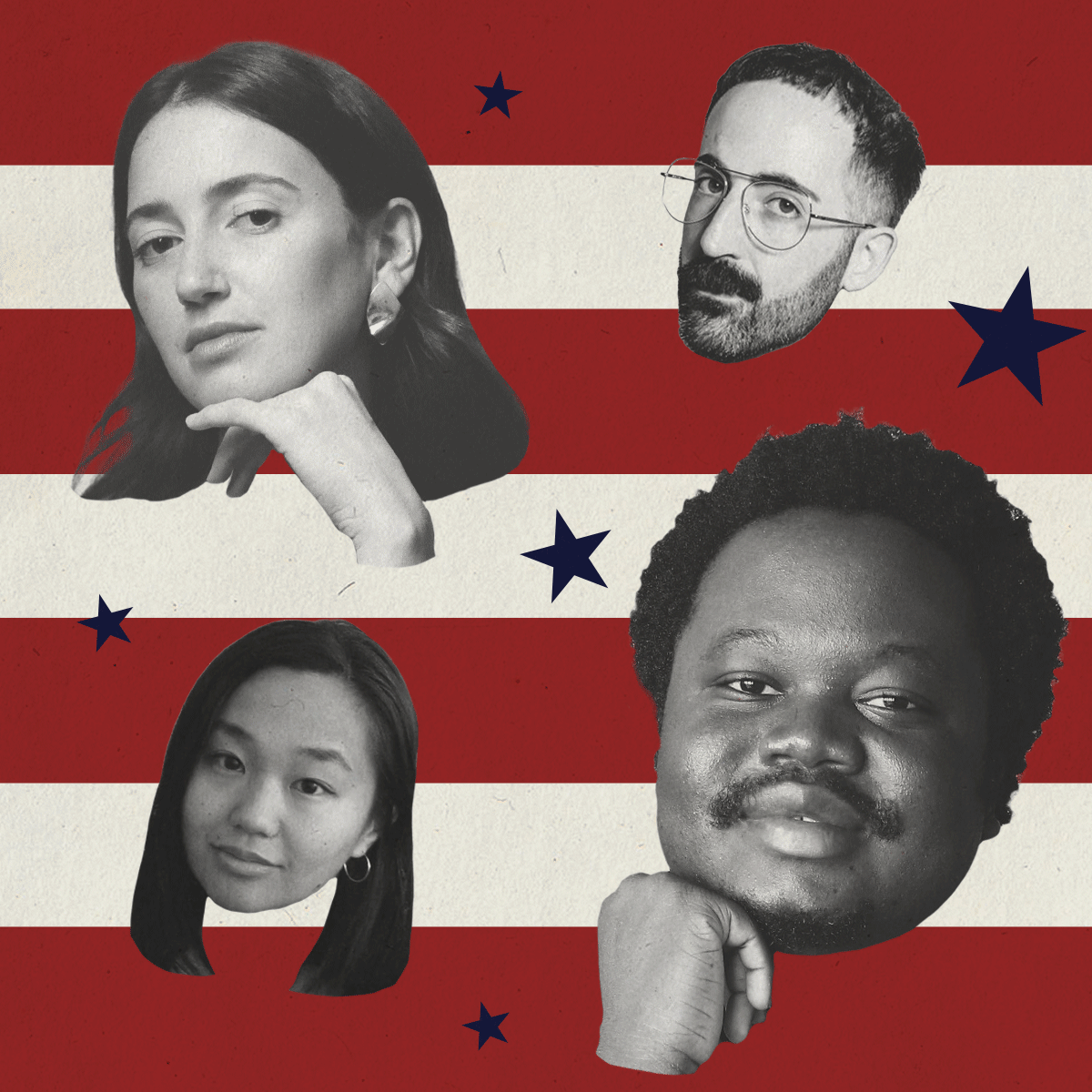 Invest In America: Meet the Political and Creative Forces Driving American Fashion's Evolution
Invest In America: Meet the Political and Creative Forces Driving American Fashion's EvolutionThe future is now.
By Ana Escalante
-
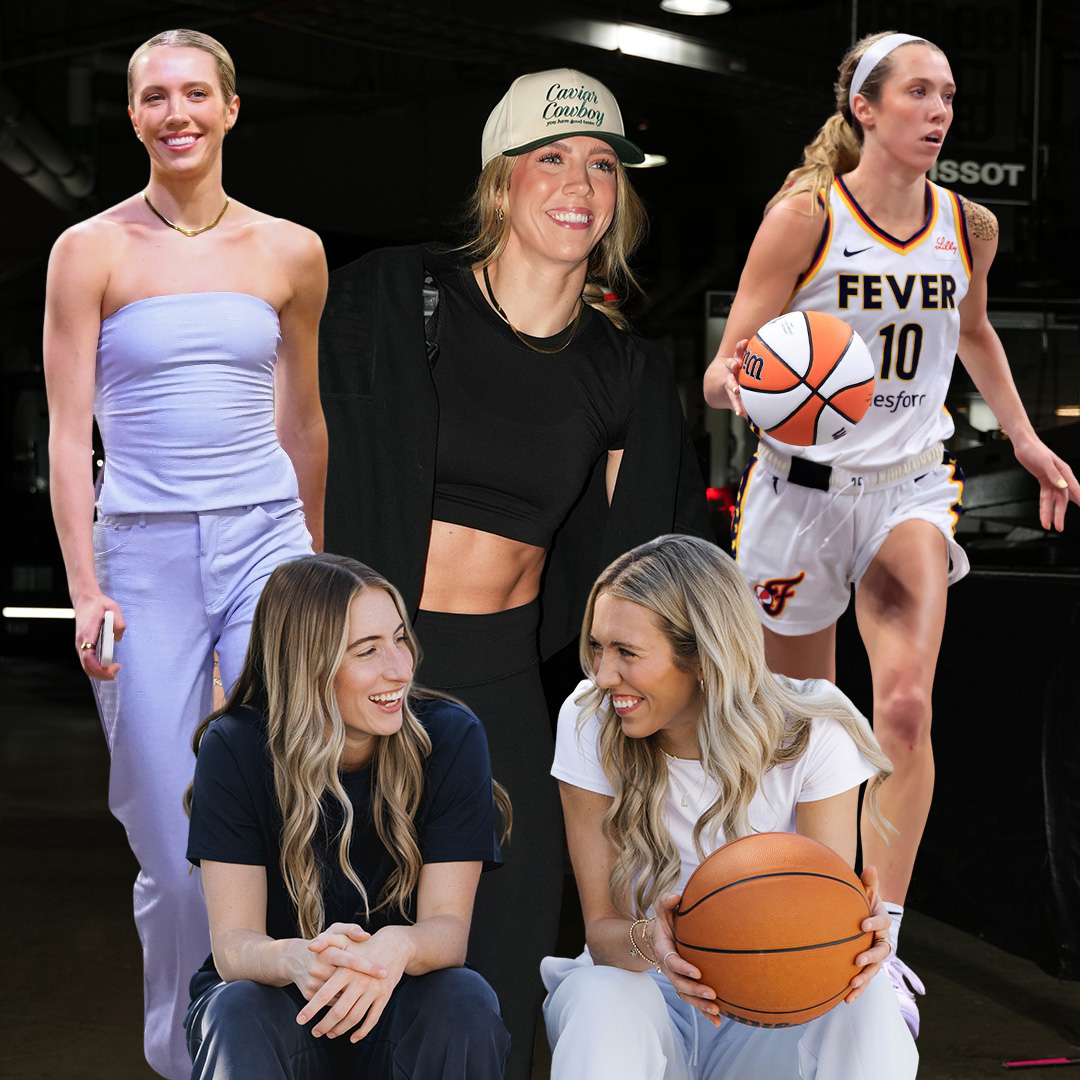 Meet Lexie Hull, TikTok's Favorite Shooting Guard Turned Influencer
Meet Lexie Hull, TikTok's Favorite Shooting Guard Turned InfluencerI spoke with Athleta's newest Power of She Collective member.
By Eliza Huber
-
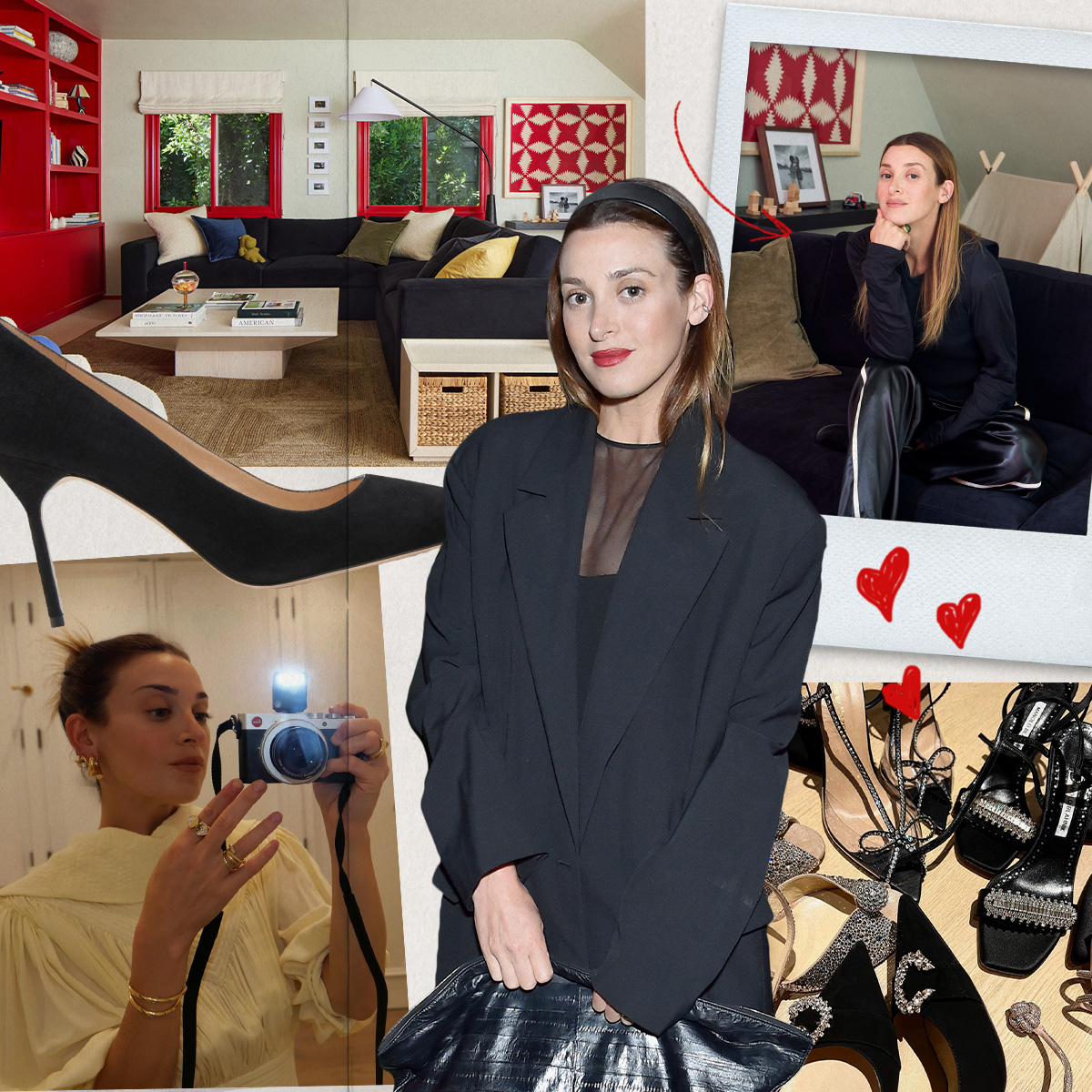 Jamie Mizrahi's World: The Celeb Stylist's Favorite Red Carpet Look, Most Worth-It Shoe, and Album She Listens to on Repeat
Jamie Mizrahi's World: The Celeb Stylist's Favorite Red Carpet Look, Most Worth-It Shoe, and Album She Listens to on RepeatA modern-day style expert.
By Allyson Payer
